
14 February to 1 March 2020
Months prior, a typhoon had hit Japan days after I’d arrived in Tokyo. And sometime later, I’d been gazing at smoke-filled skies from Australia’s devastating wildfires. In New Zealand, I was grateful for the calm days and mostly blue skies.
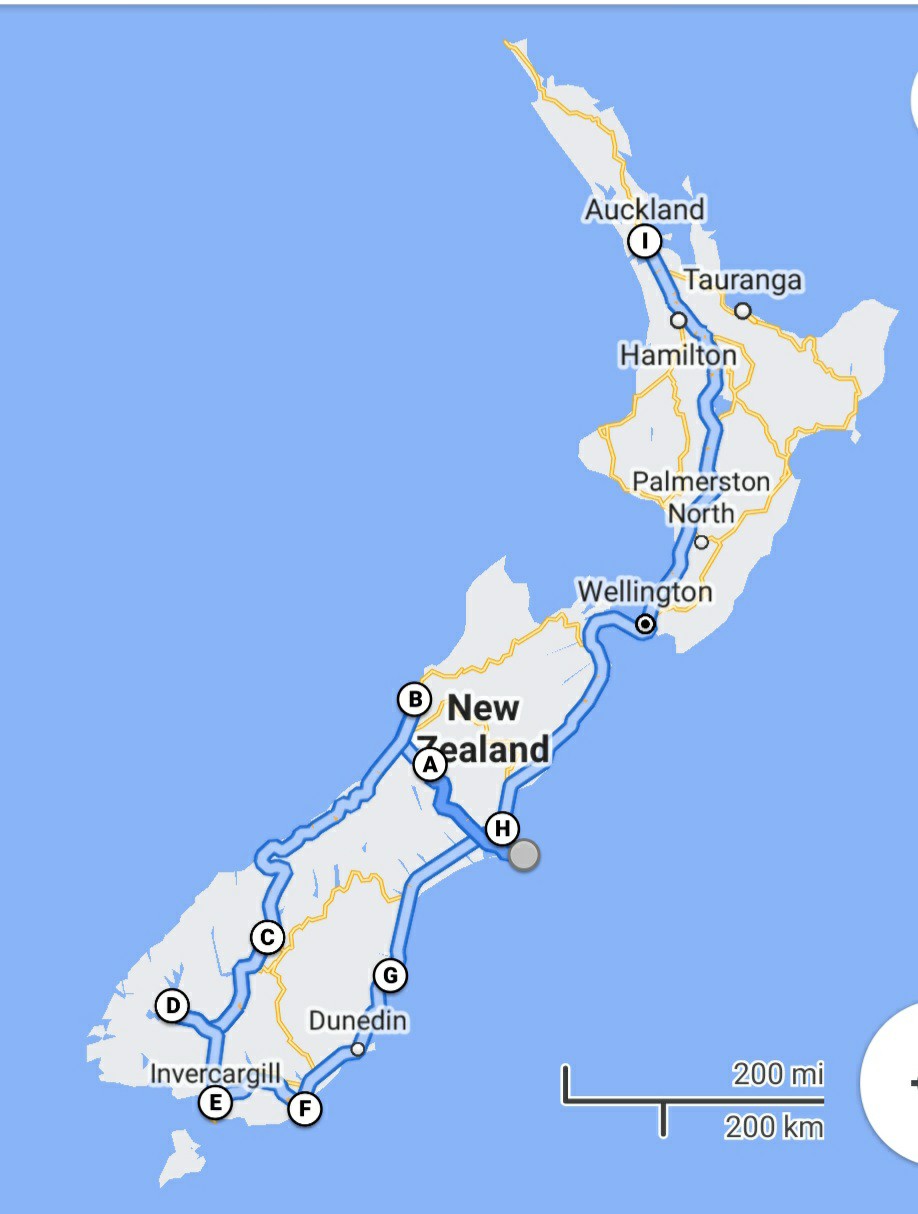
While making my way around the South Island I had few destinations in mind, but one was Milford Sound. I was heading there when 39 inches (100 cms) of rain fell in 60 hours causing emergency evacuations and extensive damage. Franz Josef, where I’d been just days before, experienced landslides and major flooding. People in the hundreds were stranded during the height of the tourist season and tragically there was loss of life.
I was extremely lucky. I only had to rethink my travel plans.
Doubtful Sound, thought by some to be more beautiful than Milford Sound, had not been affected by the heavy rains. I booked an overnight cruise and a stay in Te Anu.
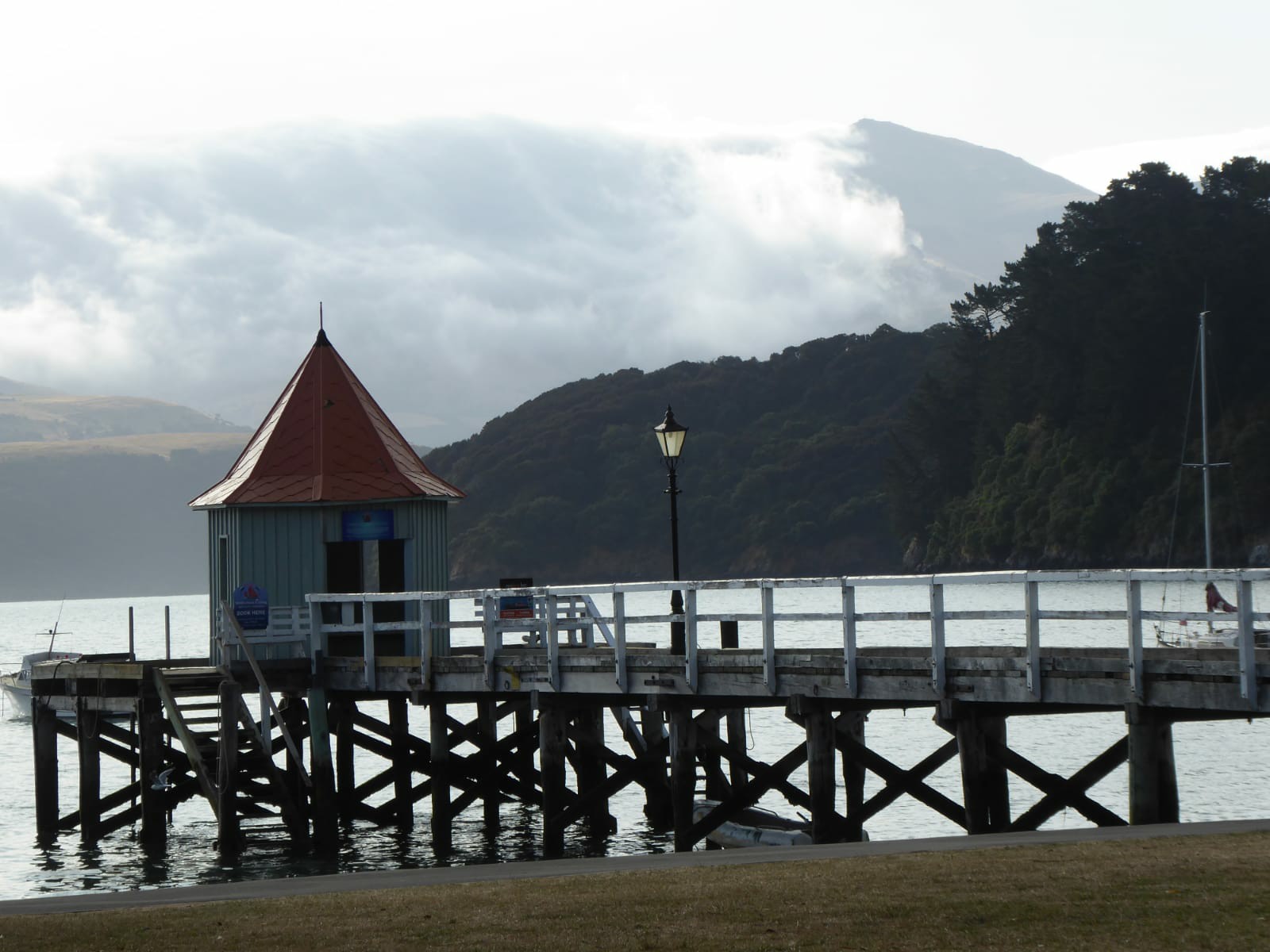
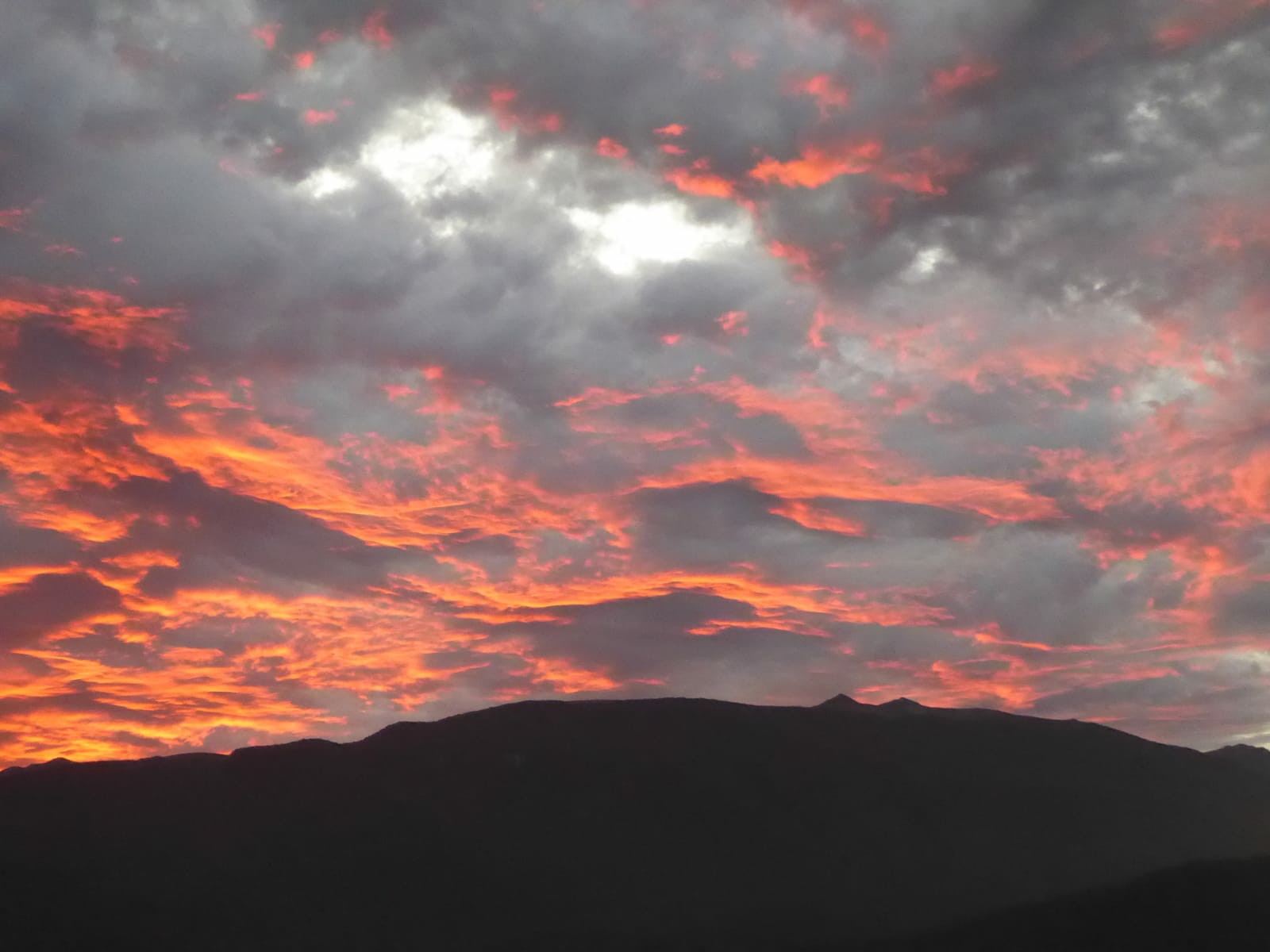
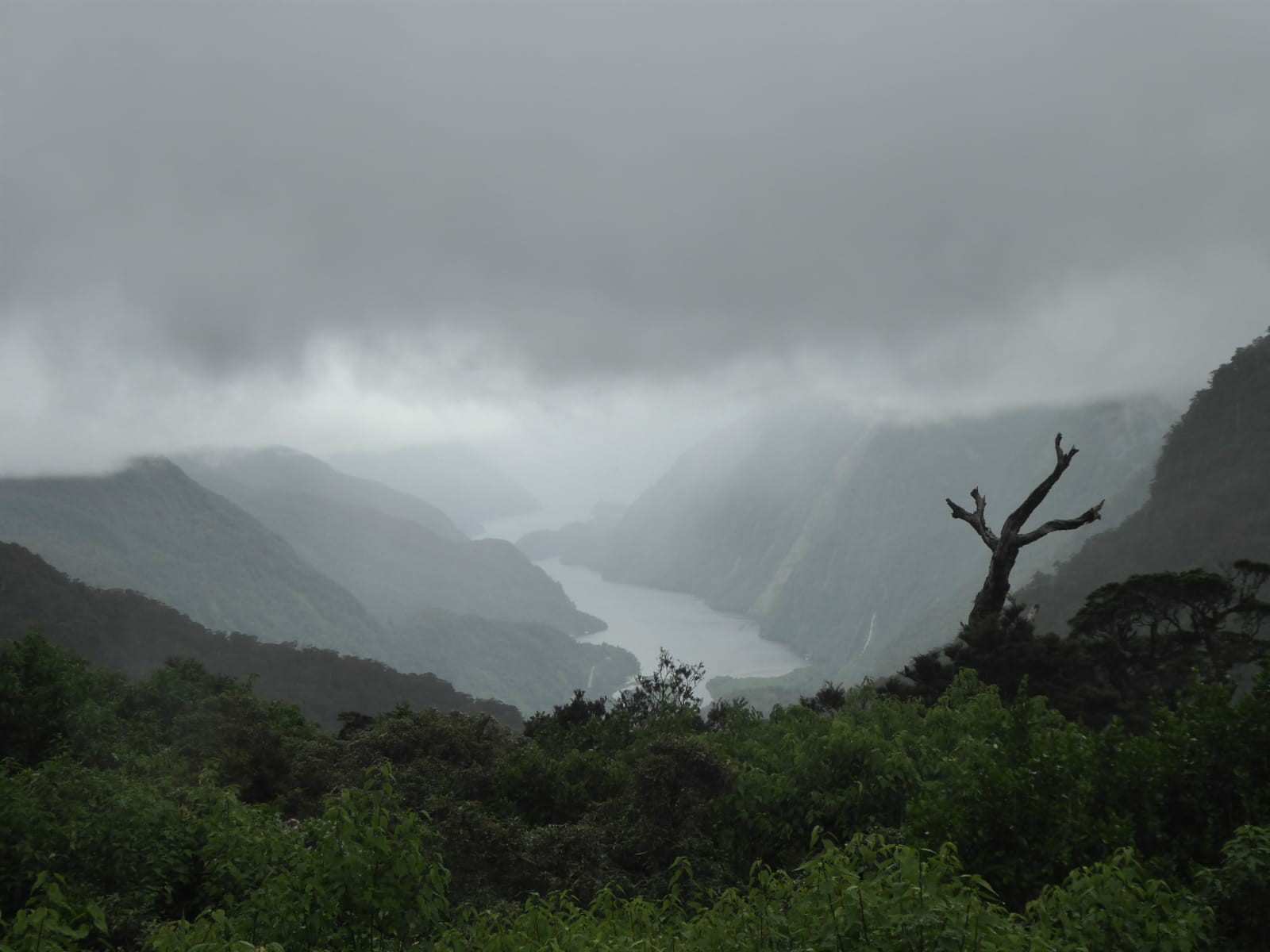
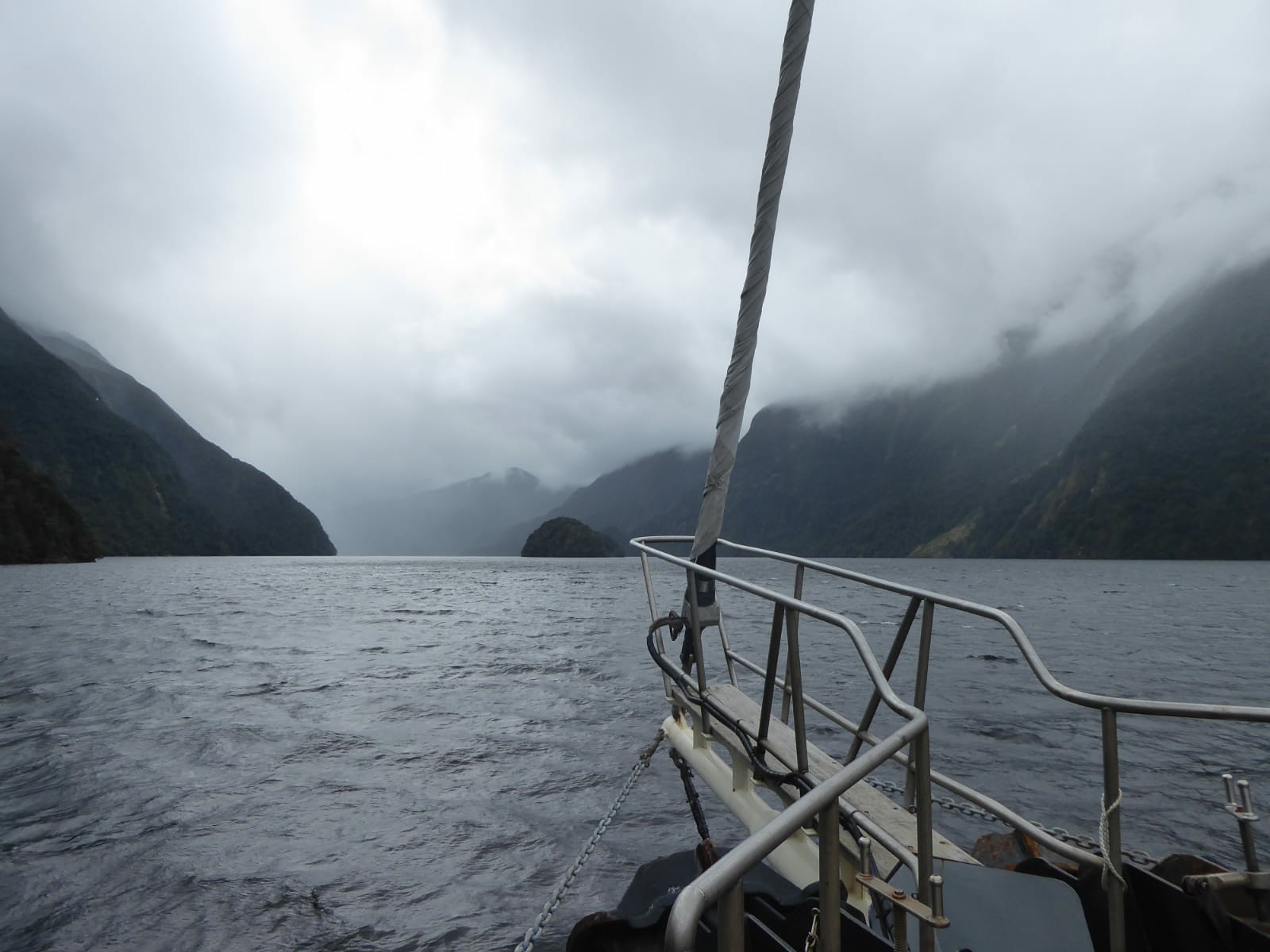
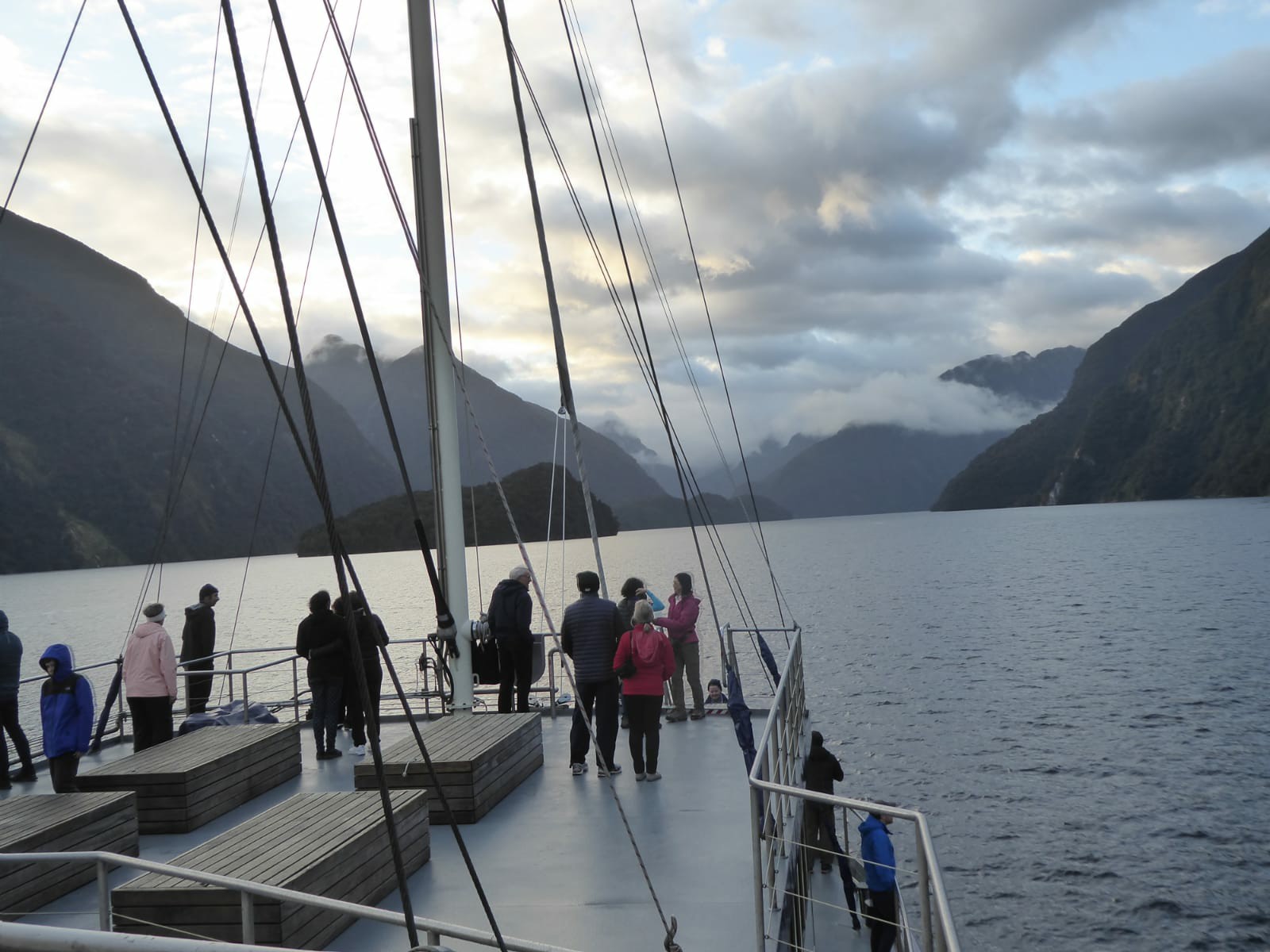
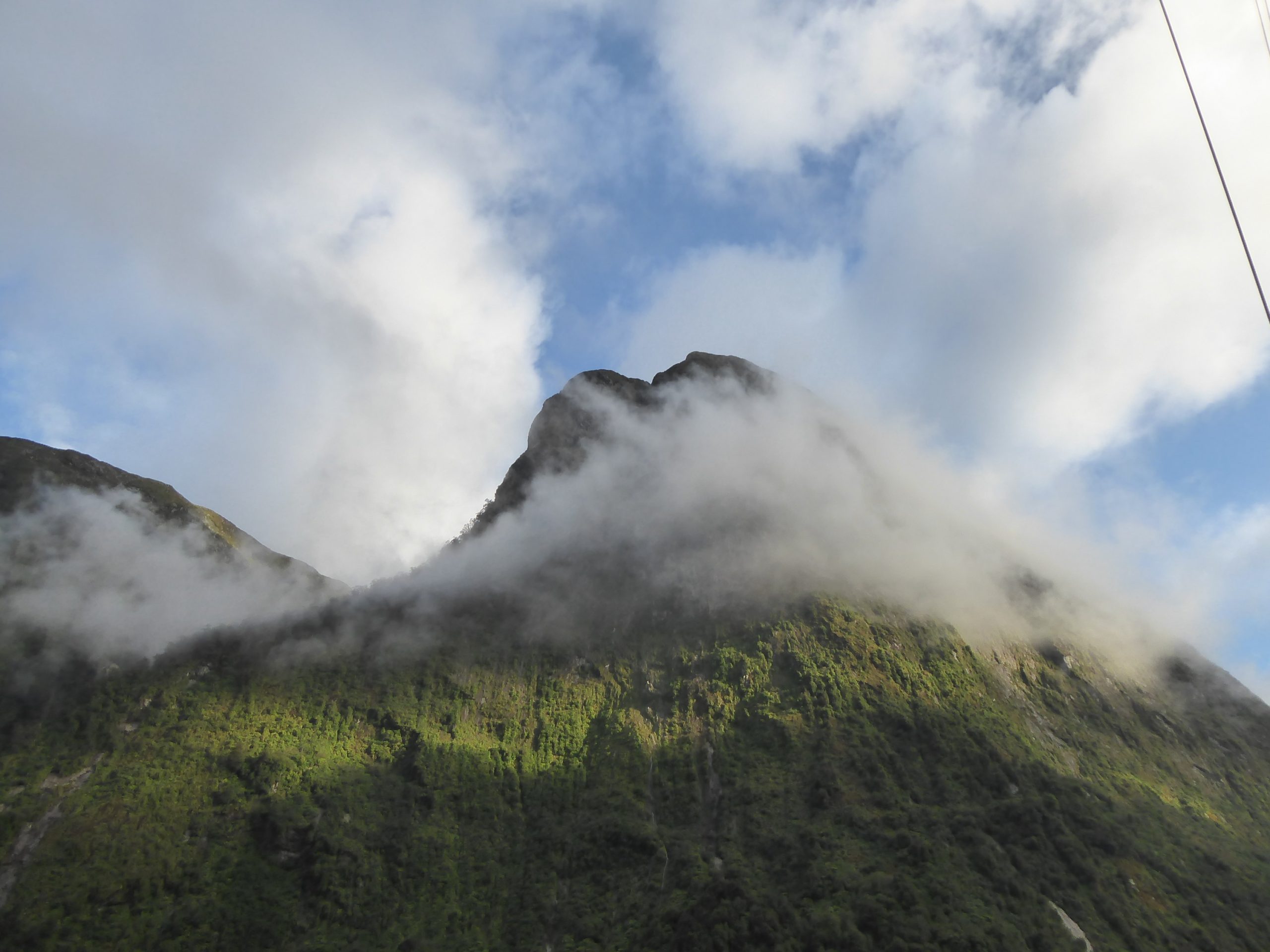
After the cruise I drove on mostly empty, scenic roads passing through Tuatapere.
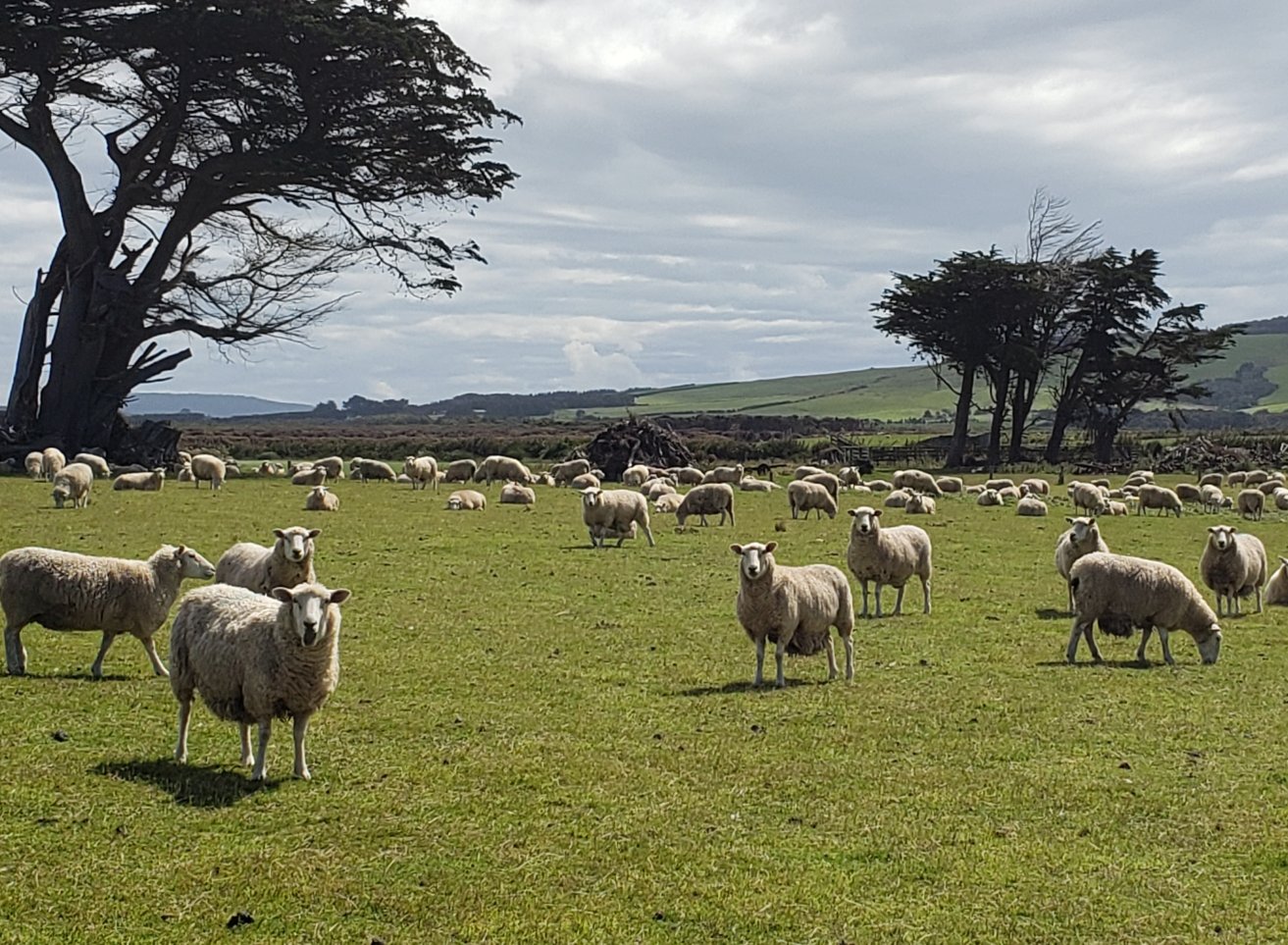
And stopped for the night in Riverton, a small coastal town.
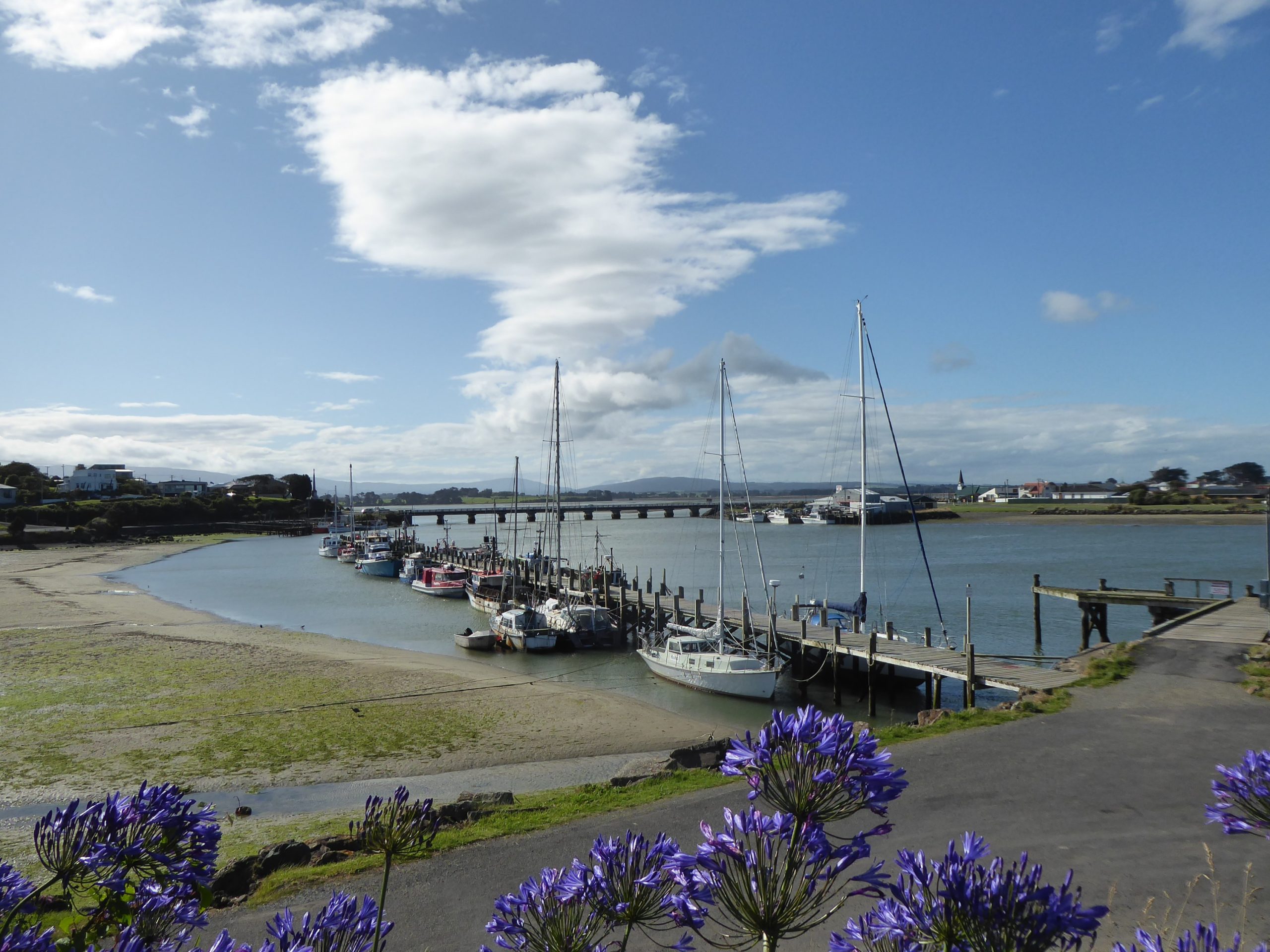
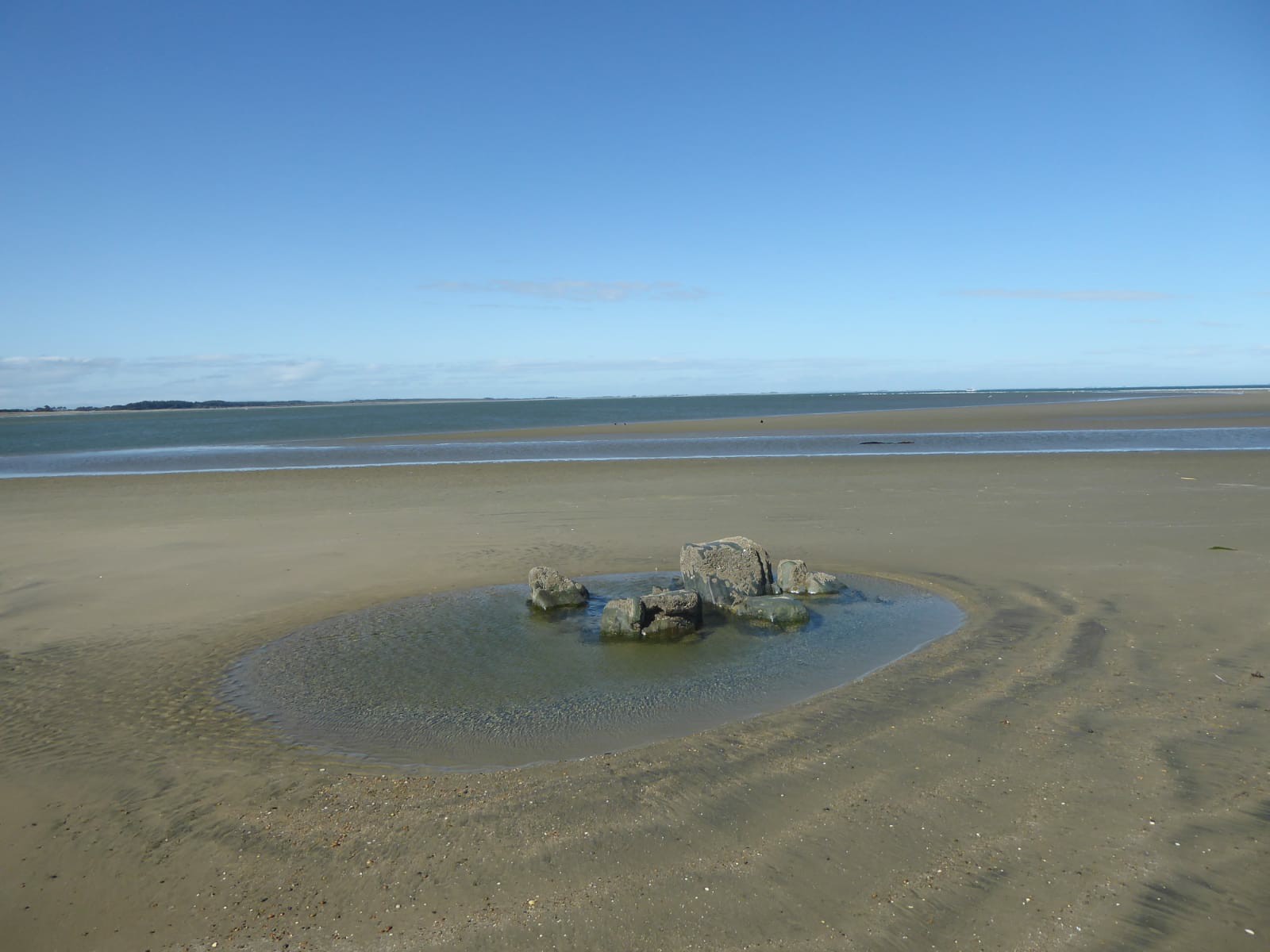

I’d read about Stewart Island/Rakiura, renown for its birdwatching and hiking trails, and wanted to go. But almost all of it is undeveloped, much of it is difficult to access, the only town is Oban on Halfmoon Bay, and accommodations are limited.
I’d hoped to rent a cabin, but the only place available was a bed in a hostel with two roommates. One never uttered a word and was completely absorbed by her telephone. The other was very friendly, but had a lot of catching up to do with all the members of her family and friends via video chats.
I spent little time in the room except for sleeping.
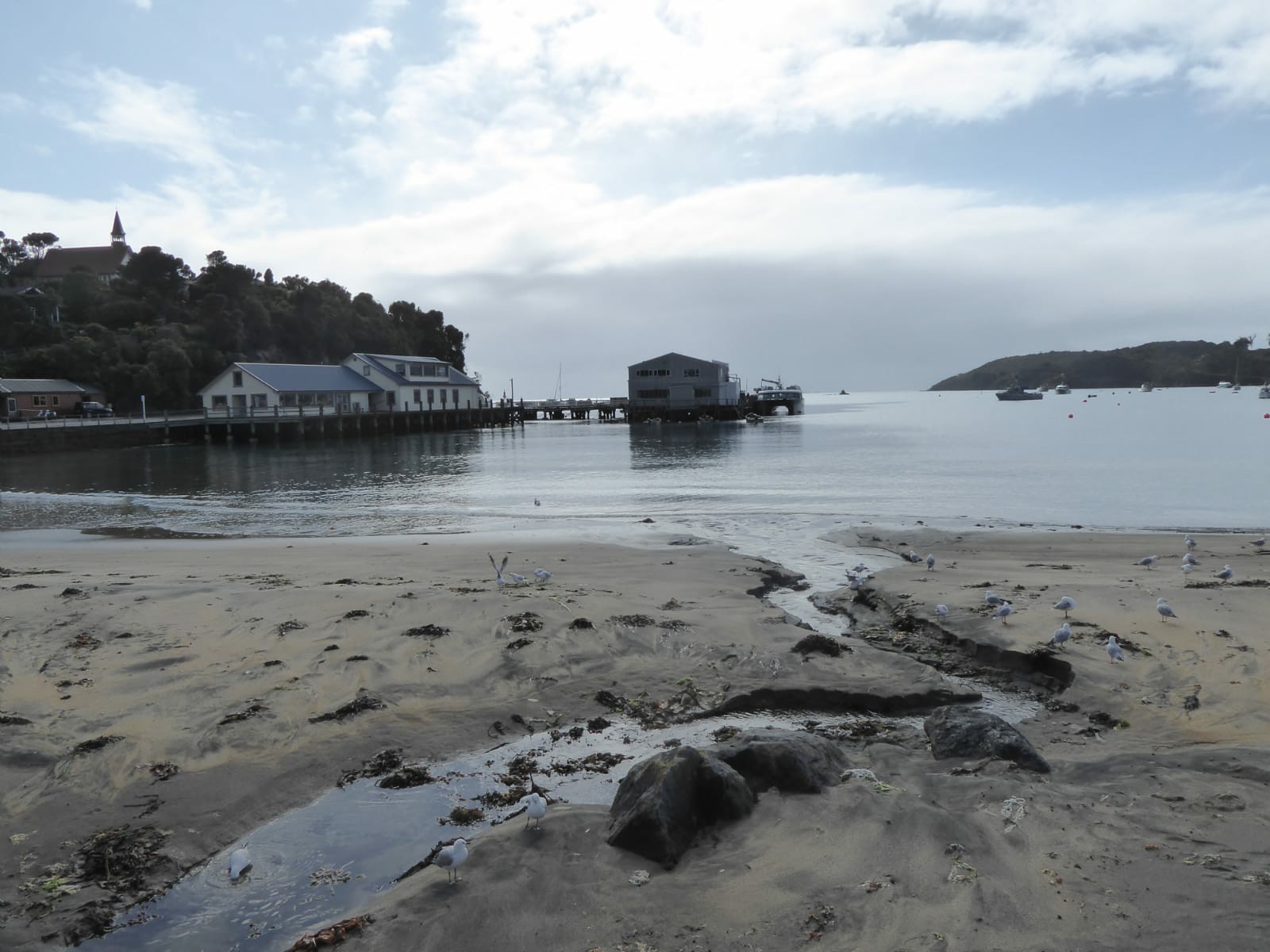
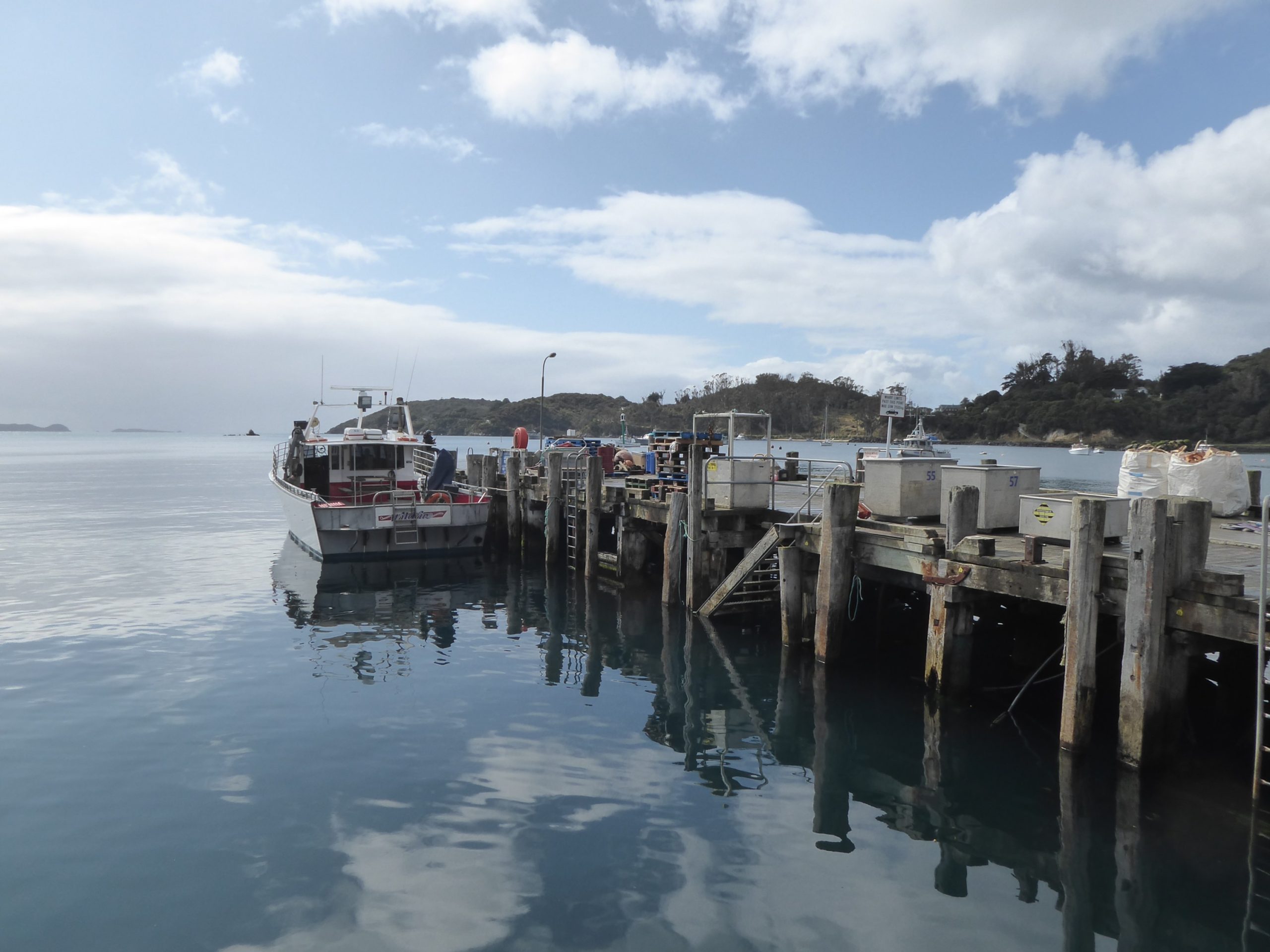
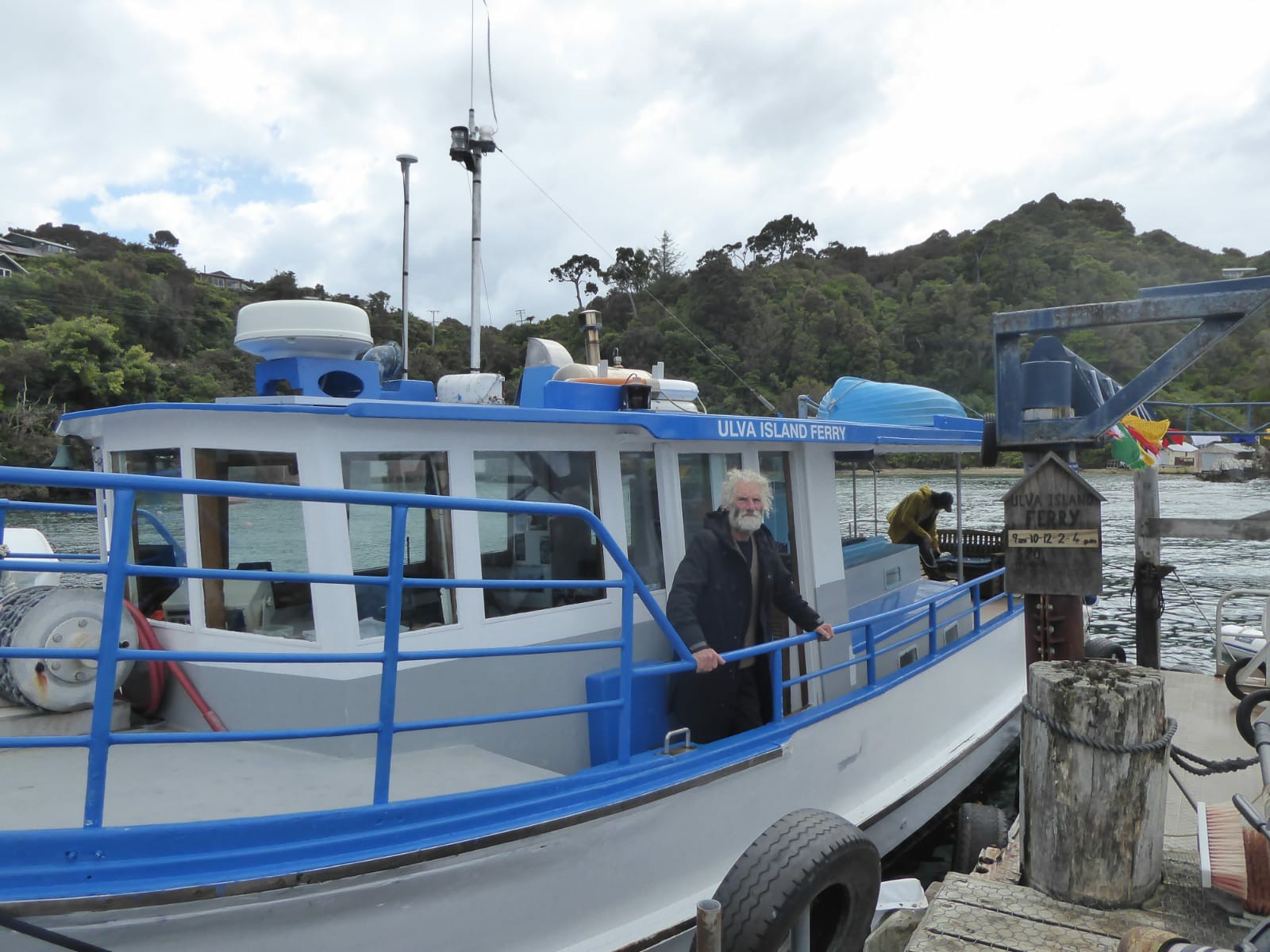
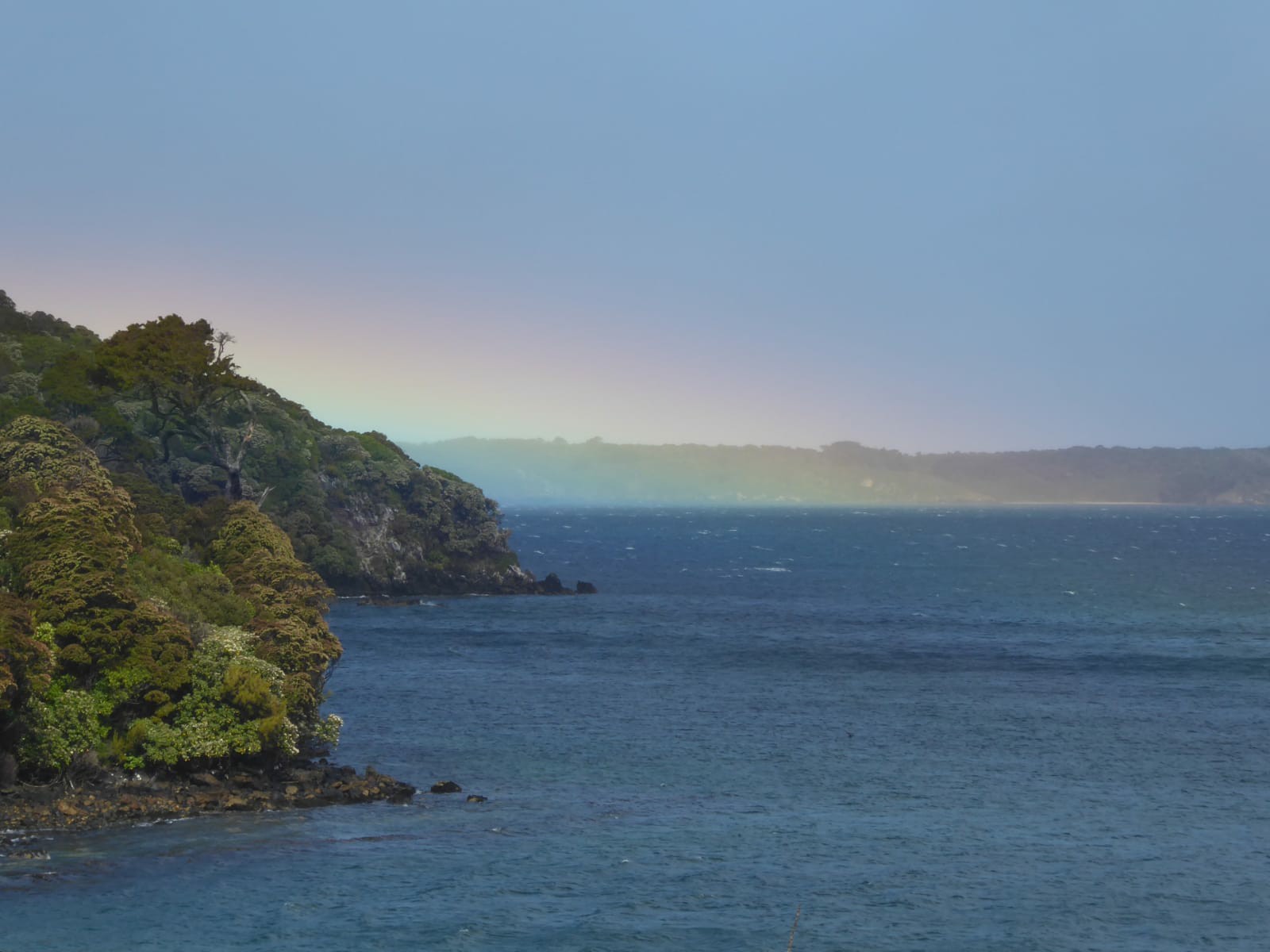
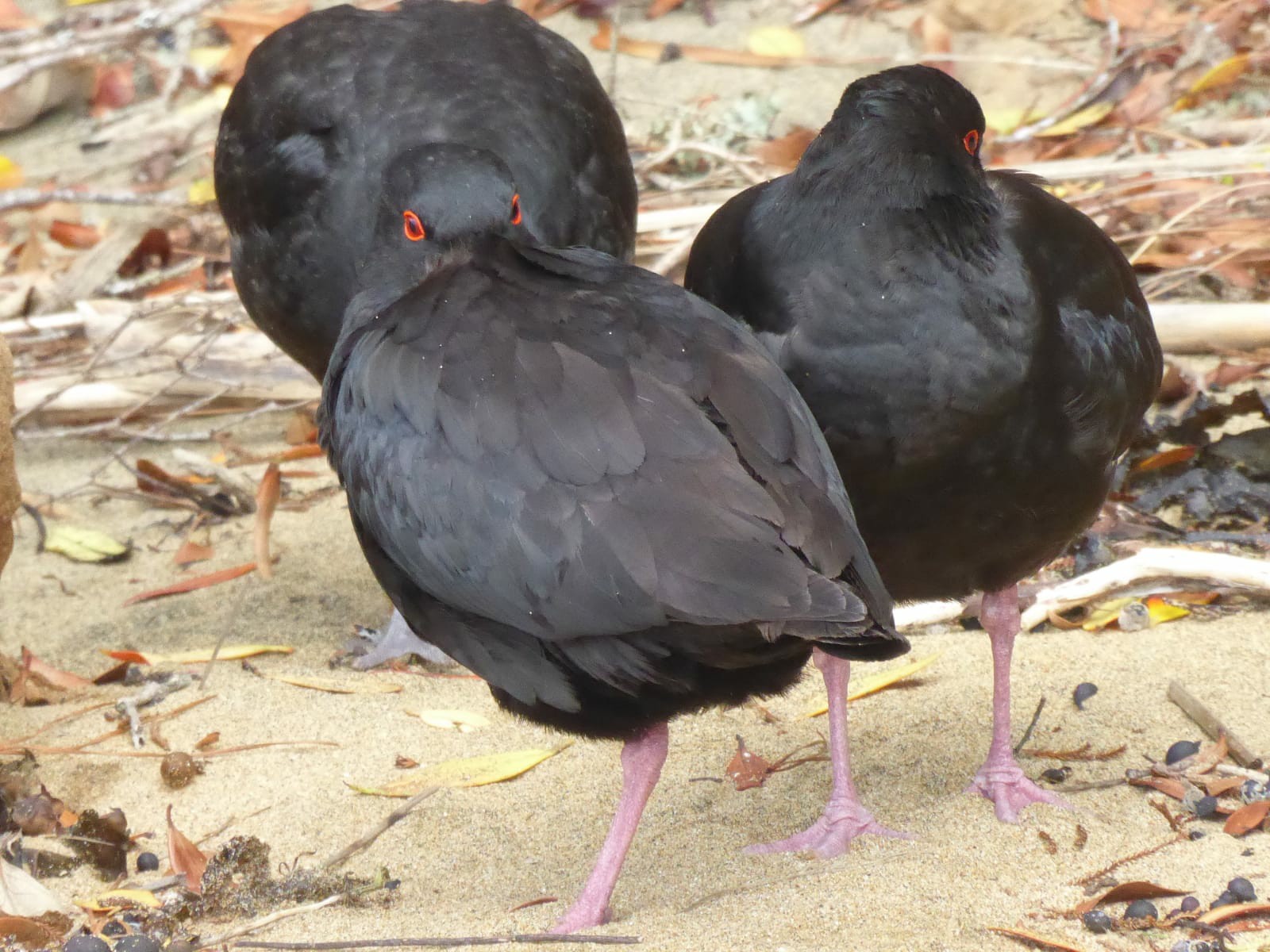
Daphne, from the Netherlands, was looking for a ride from Stewart Island up the coast. I was driving that way. We spent two days exploring the route together. She was easy company and we hit it off well.
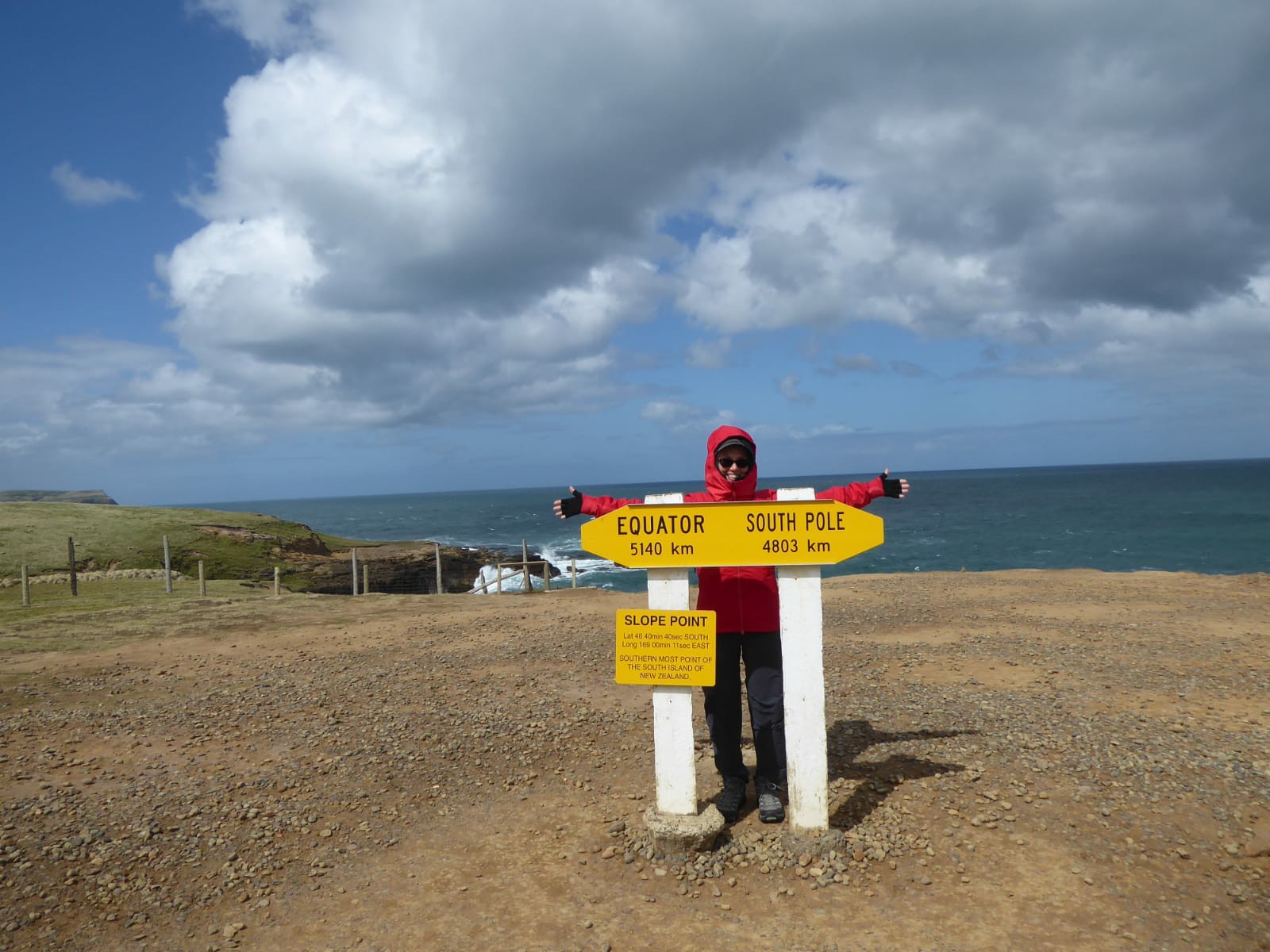
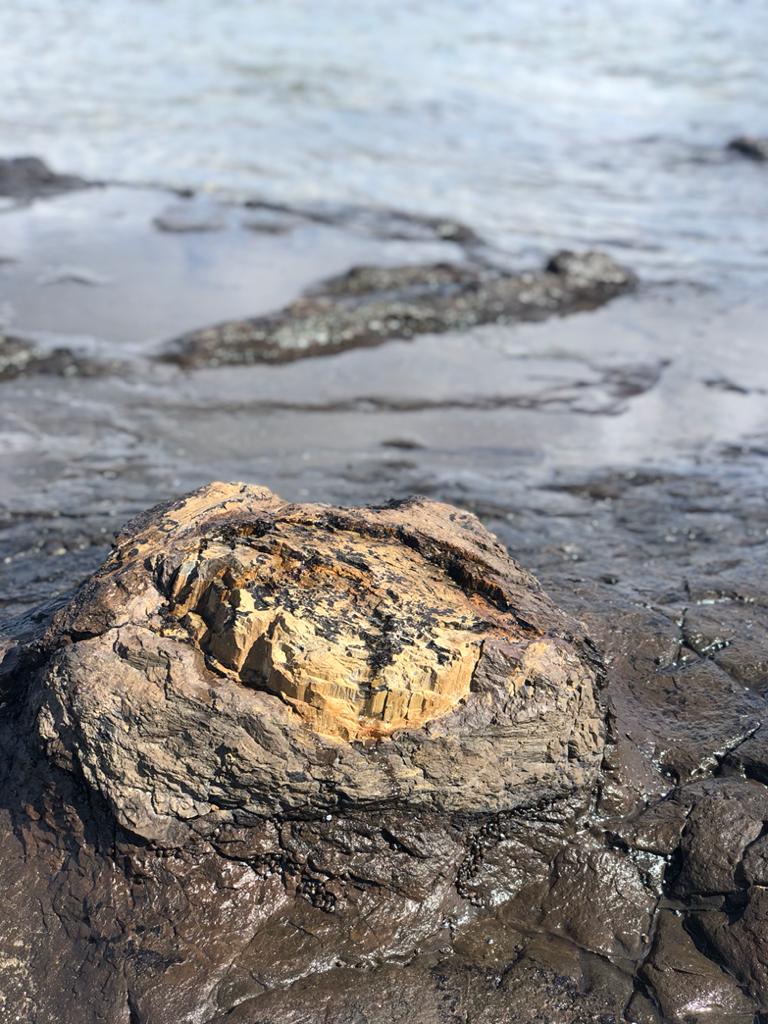
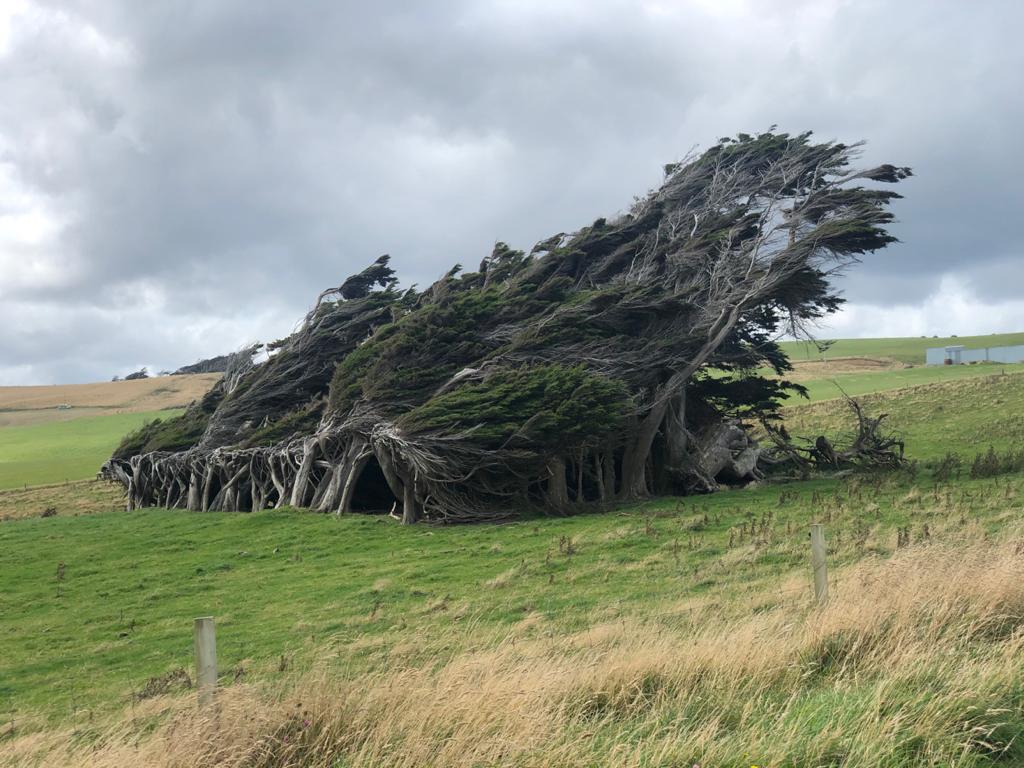
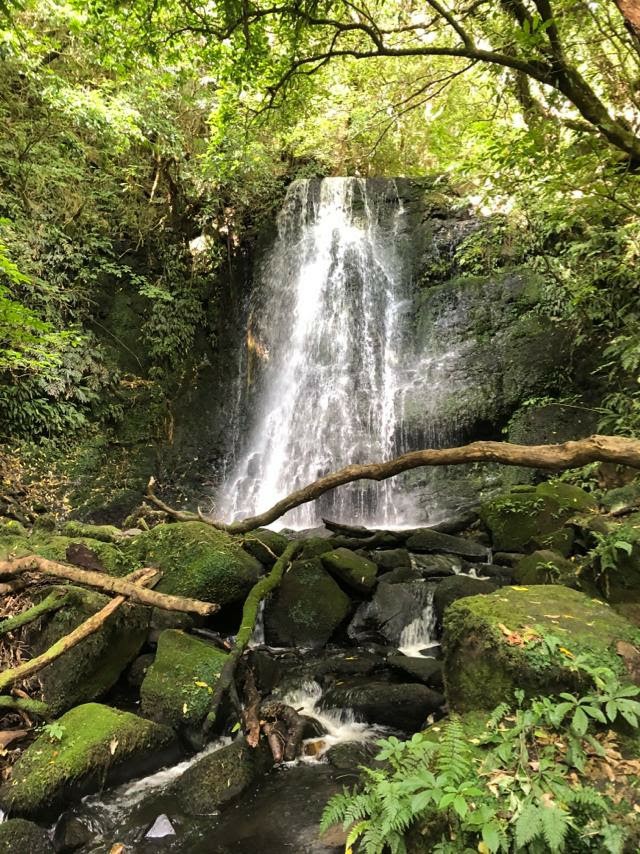
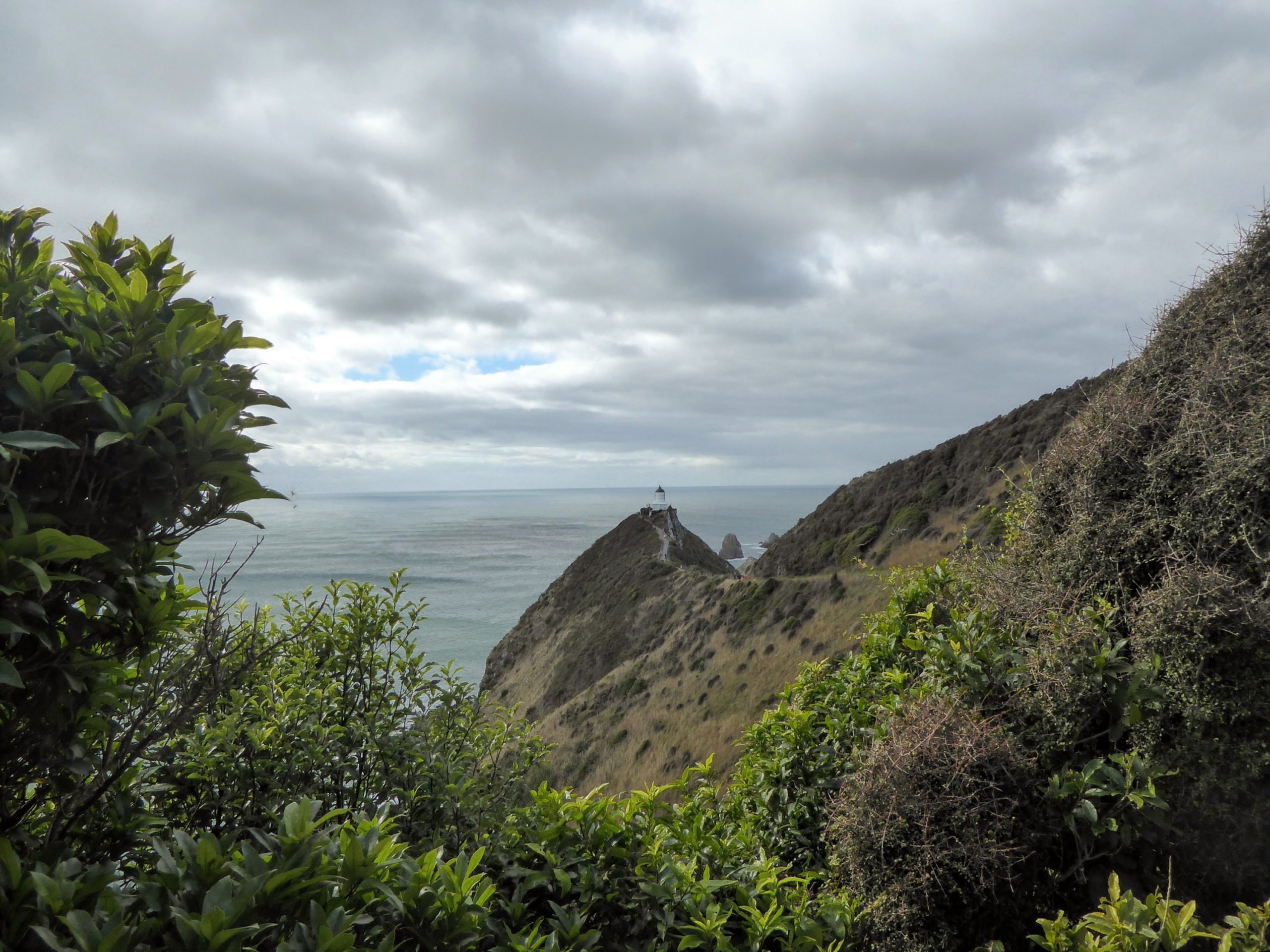
After dropping Daphne off I continued on to Oamaru. You may recall this was going to be my first stop after arriving in Christchurch, but Elton John fans fully booked the town for his concert having me seek other options.
Oamaru is unique and I loved it.
It is NZ’s capital of Steampunk (think Brazil, the movie, during the Victorian Era) and Victoriana (a movement based on historical fact not fiction.) It was not unusual to see people donning imaginative attire including leather corsets, top hats and flying goggles (the Steampunkers) and classic 19th c. attire (the Victorianas).
Oamaru is home to the smallest variety of penguin. And no shortage of local characters. It is also a feast of striking buildings and structures.
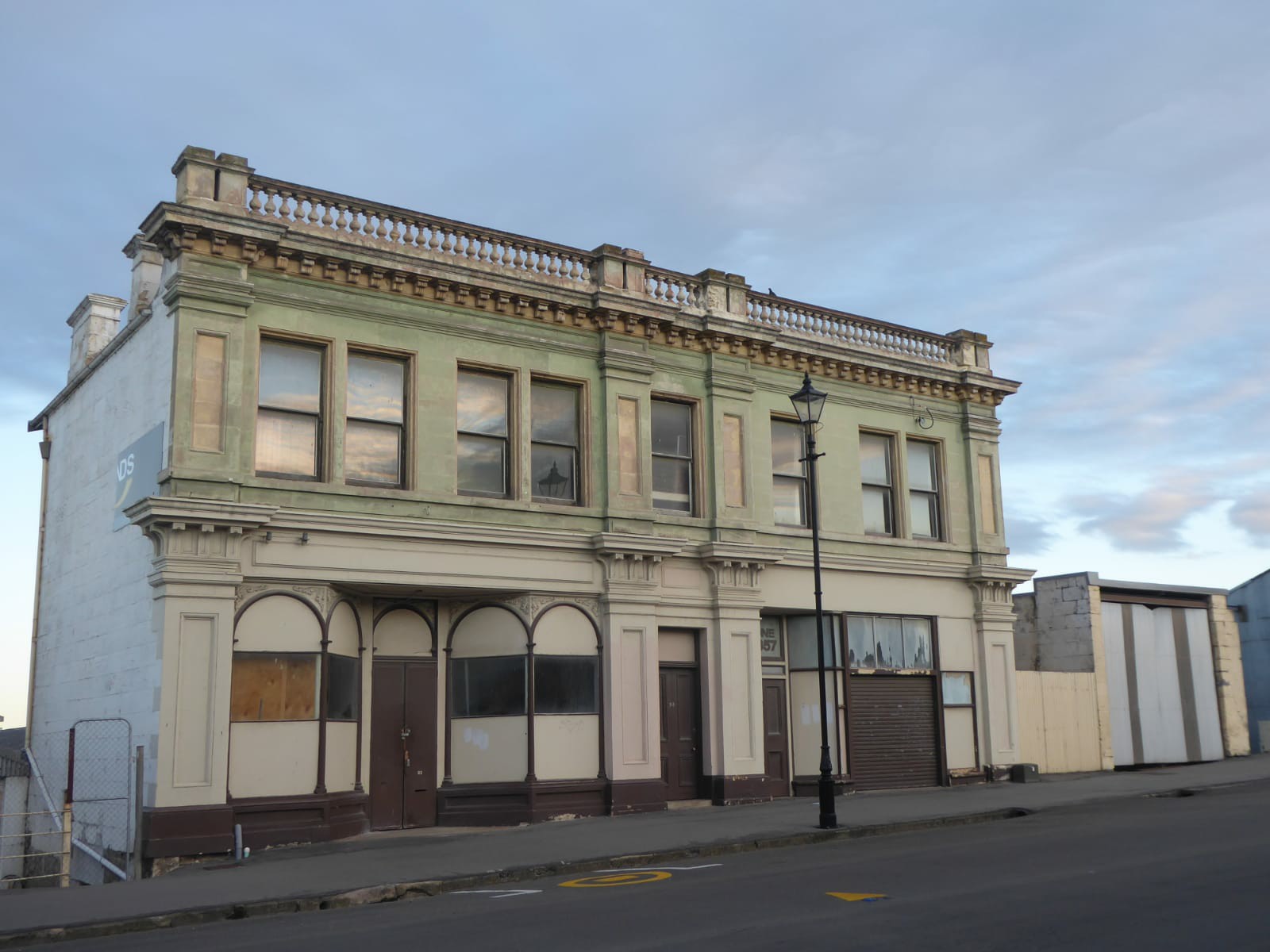
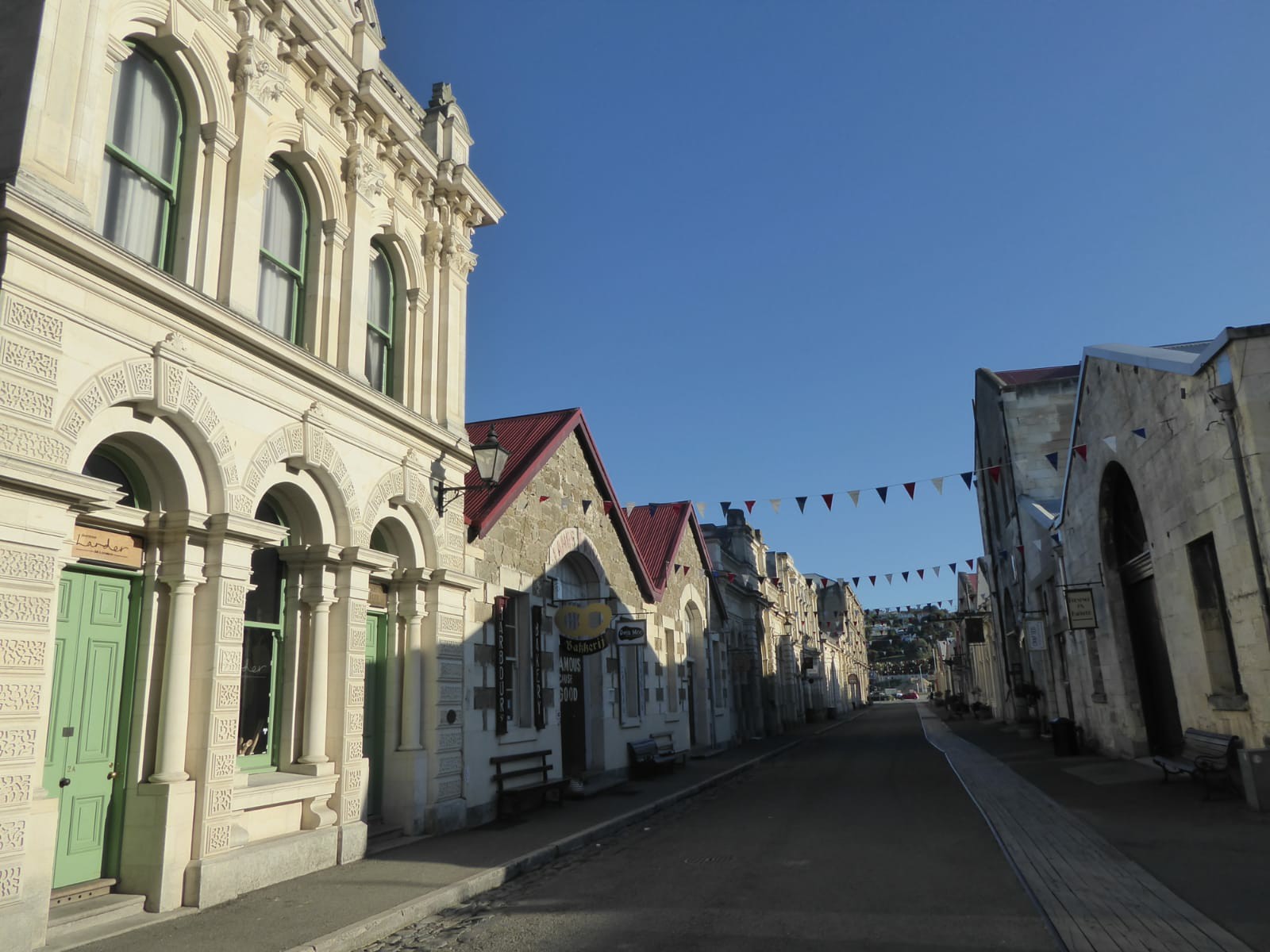
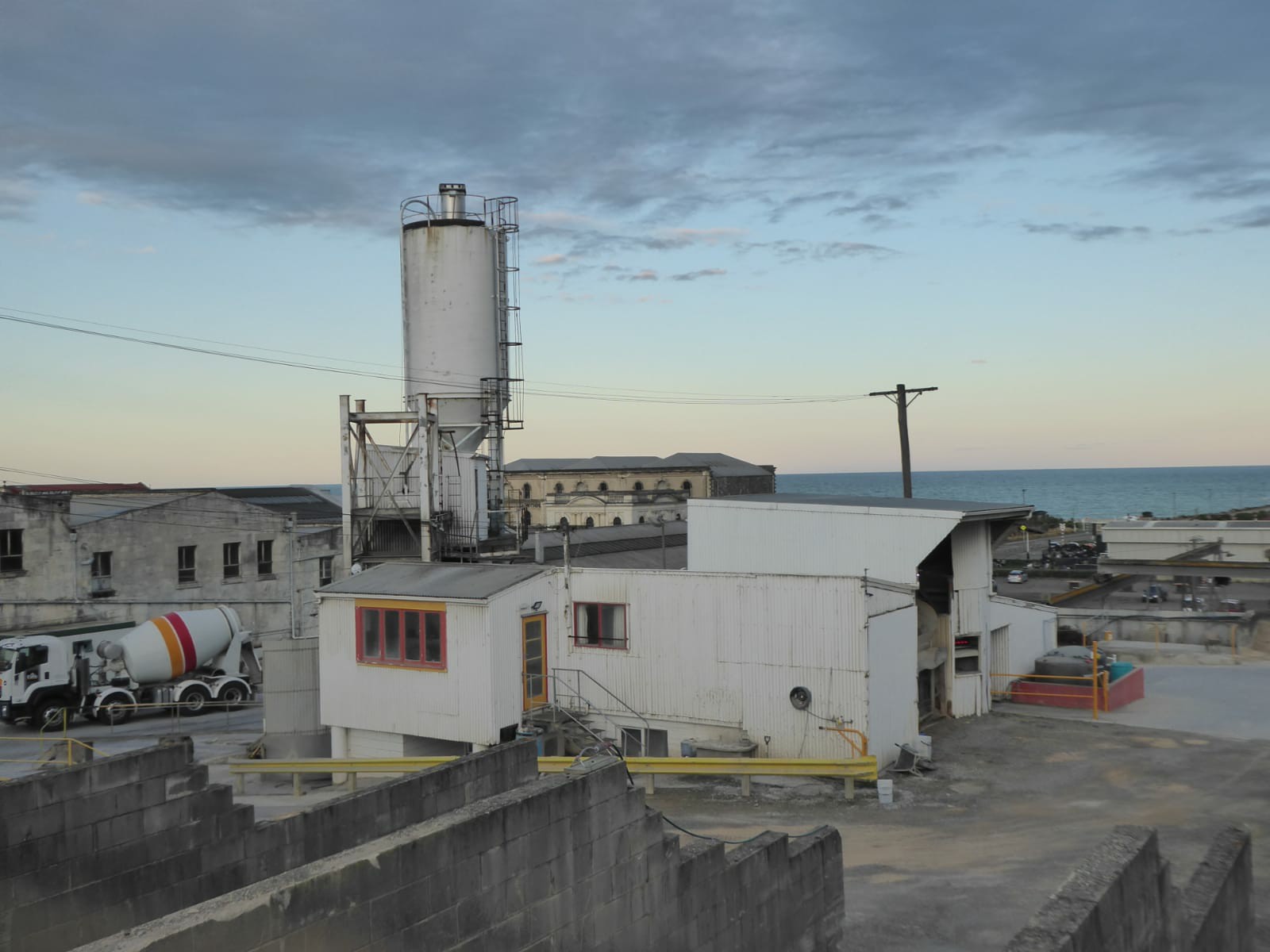
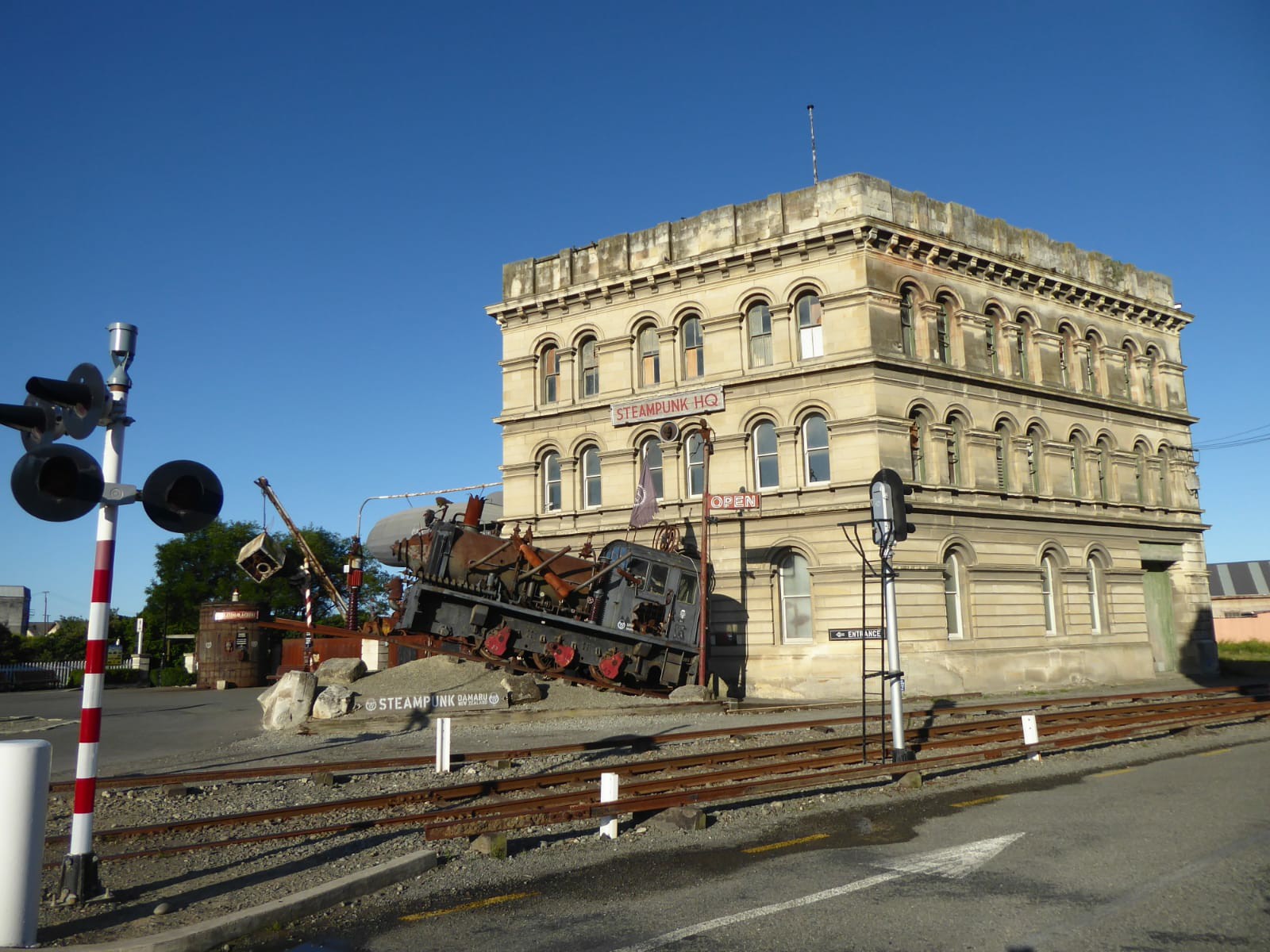
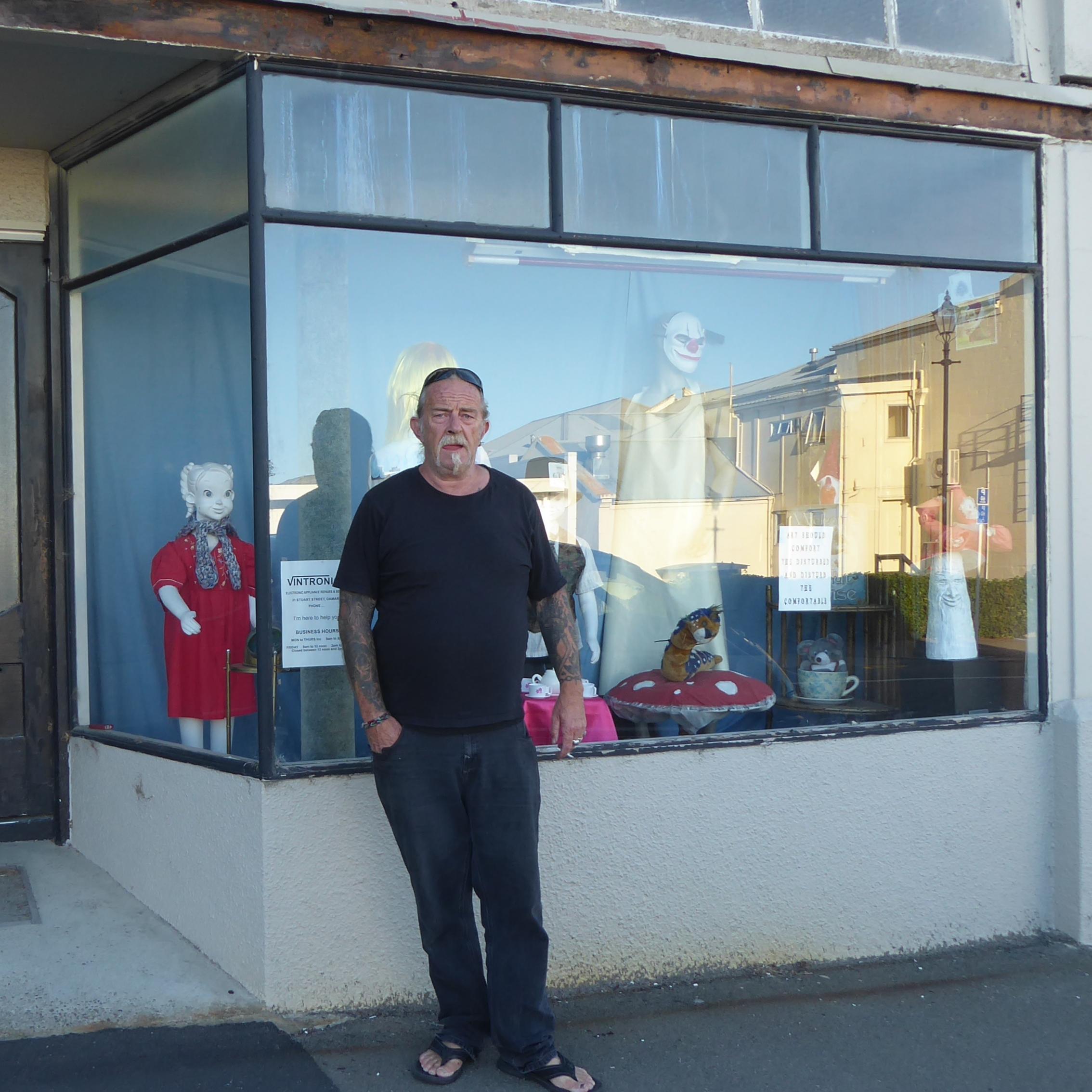
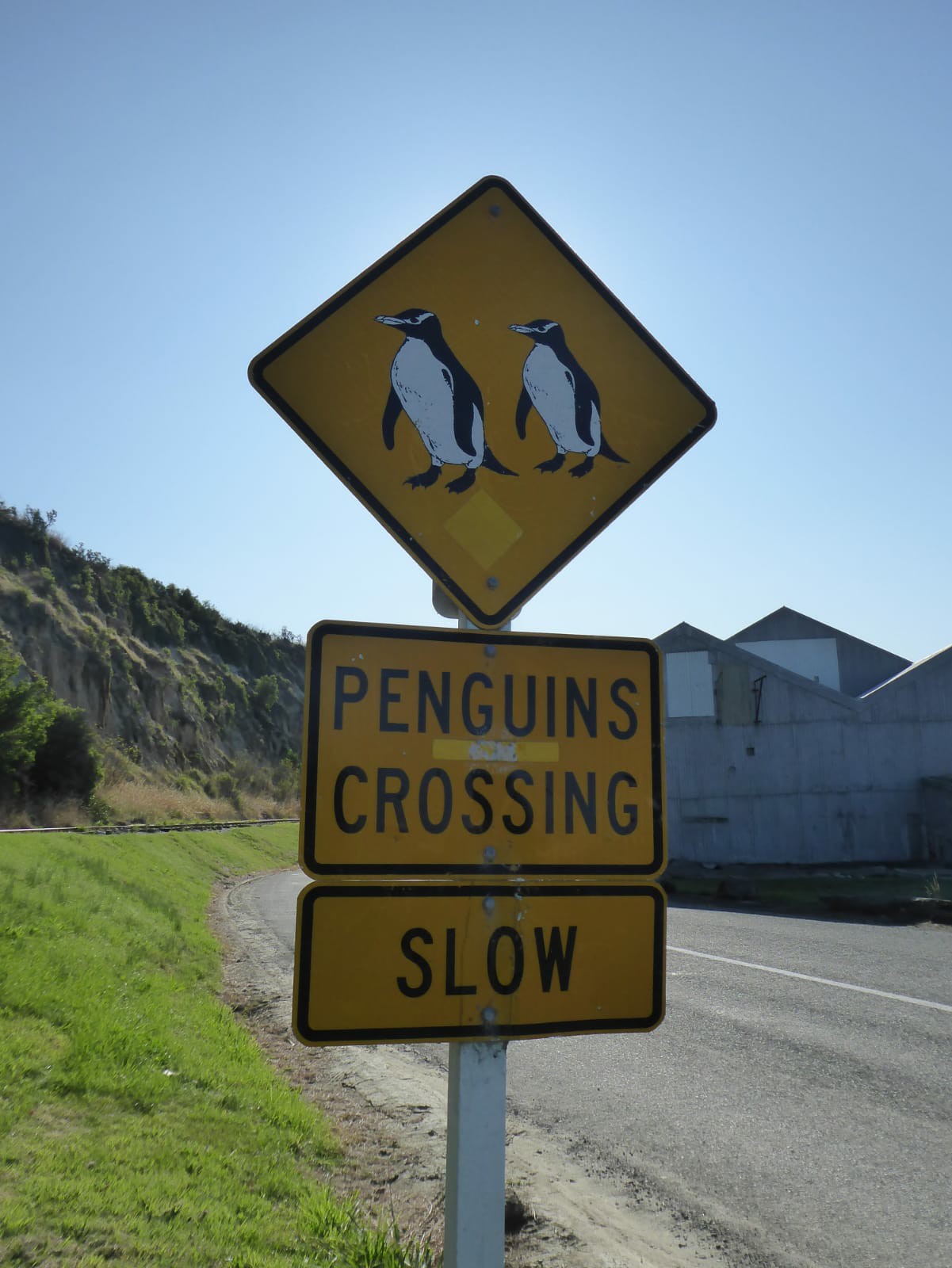
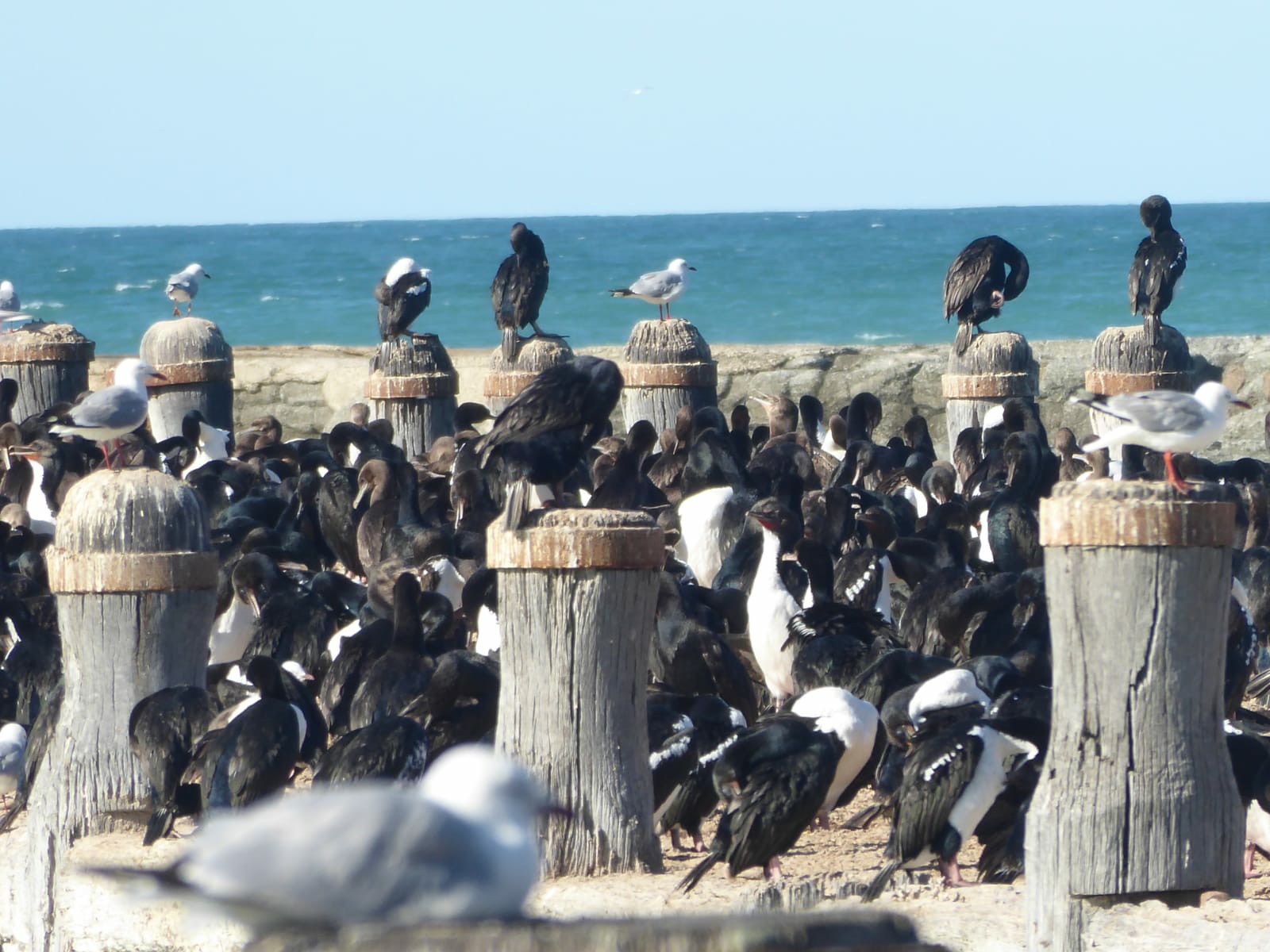
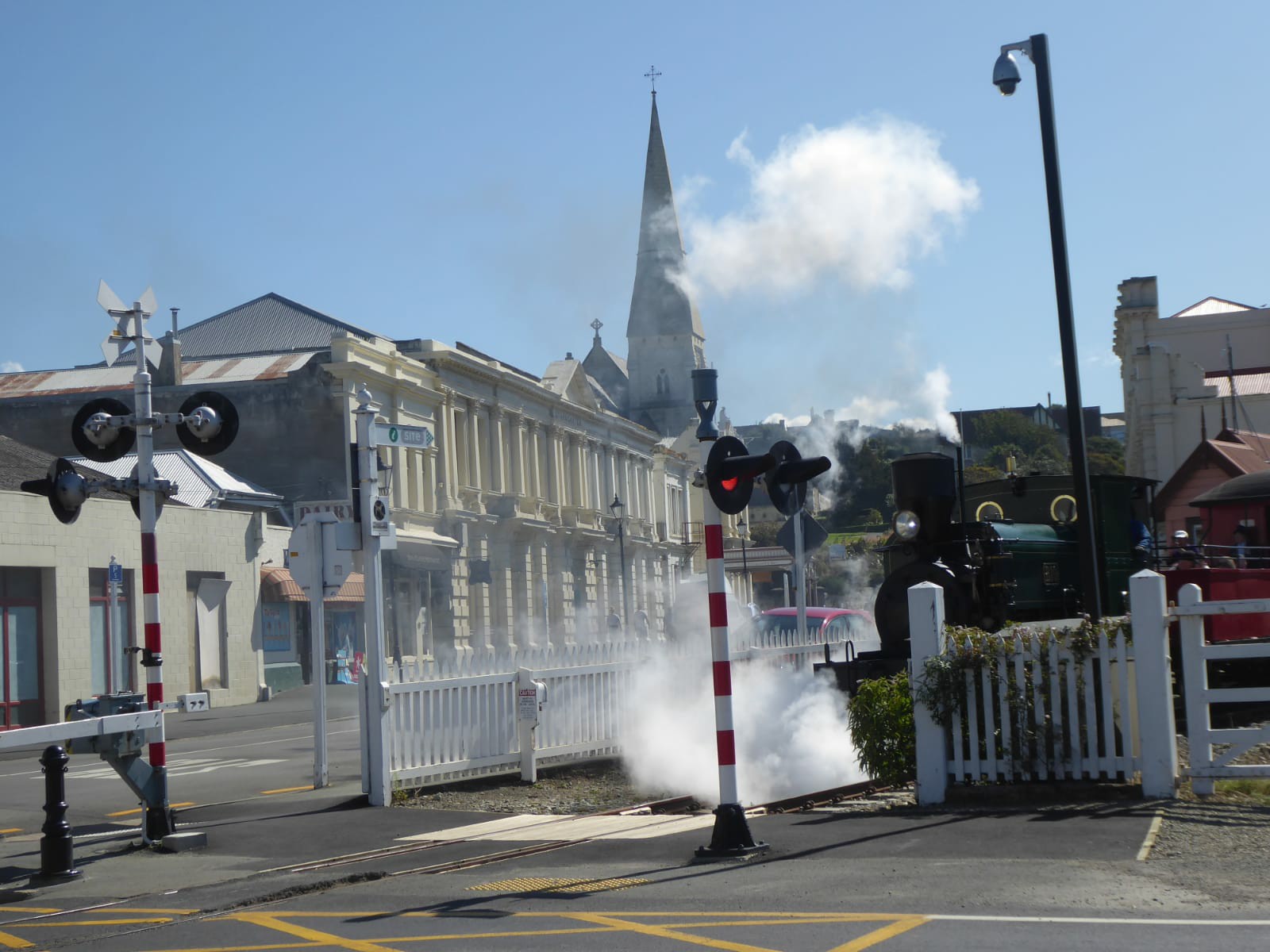
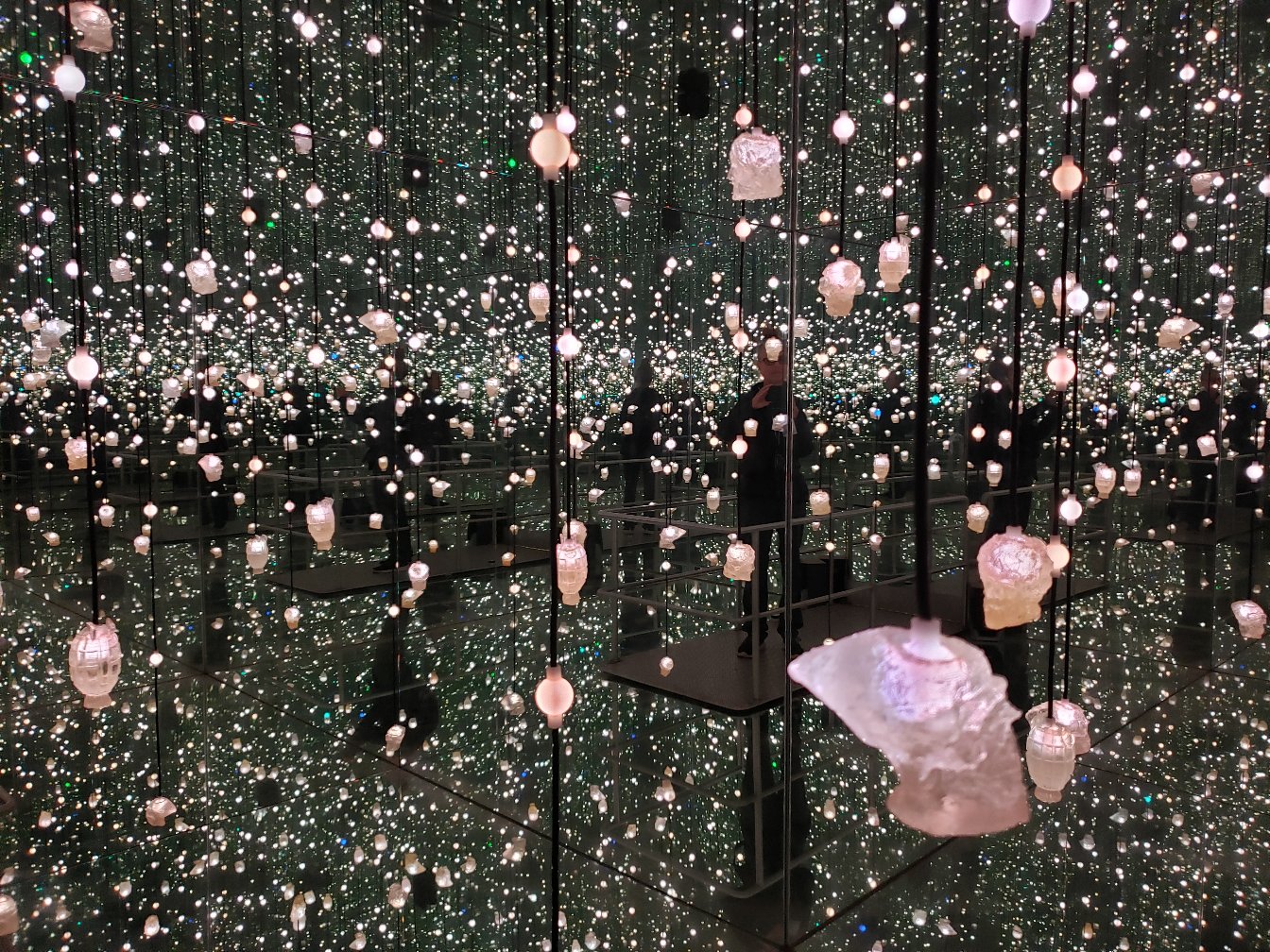
After Oamaru, I made my way back toward Christchurch via Lyttleton.
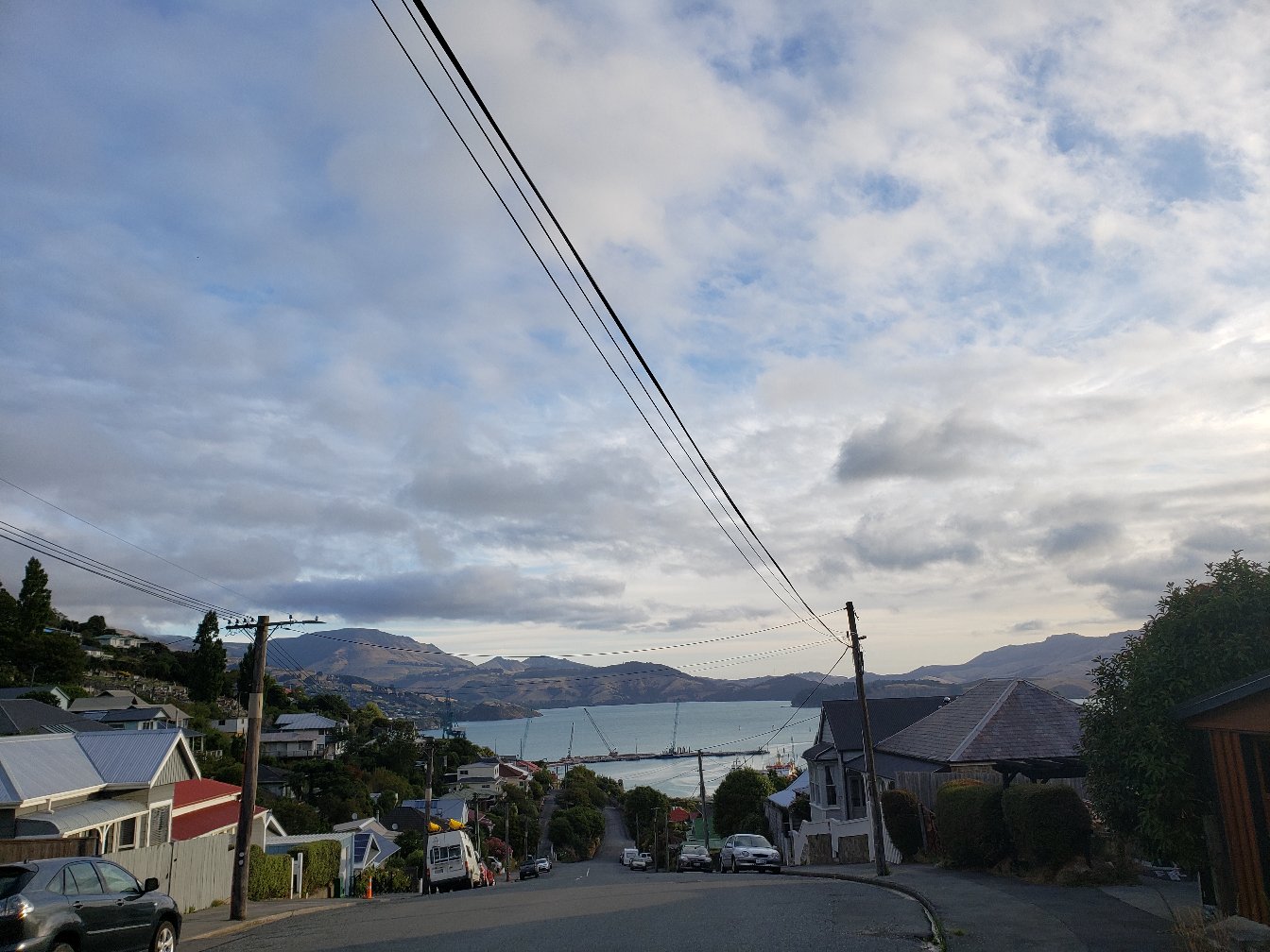
To see some of the North Island I decided to travel to Auckland from Christchurch by train, instead of flying. I had a chance to visit Christchurch before leaving.
Christchurch is still struggling after its devastating earthquakes.
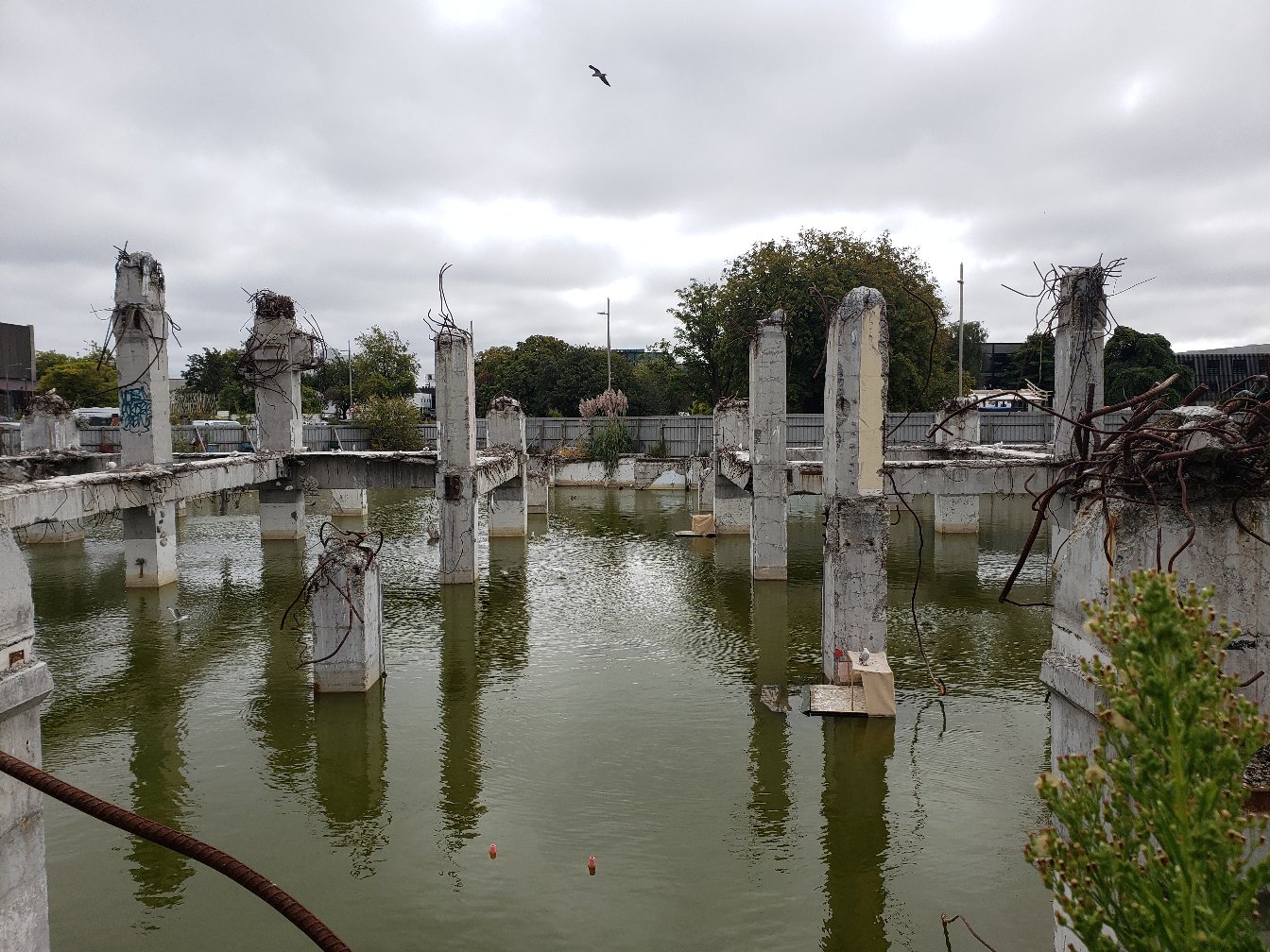
But overall the city seemed to be meeting the challenge. And signs of resilience were abundant.
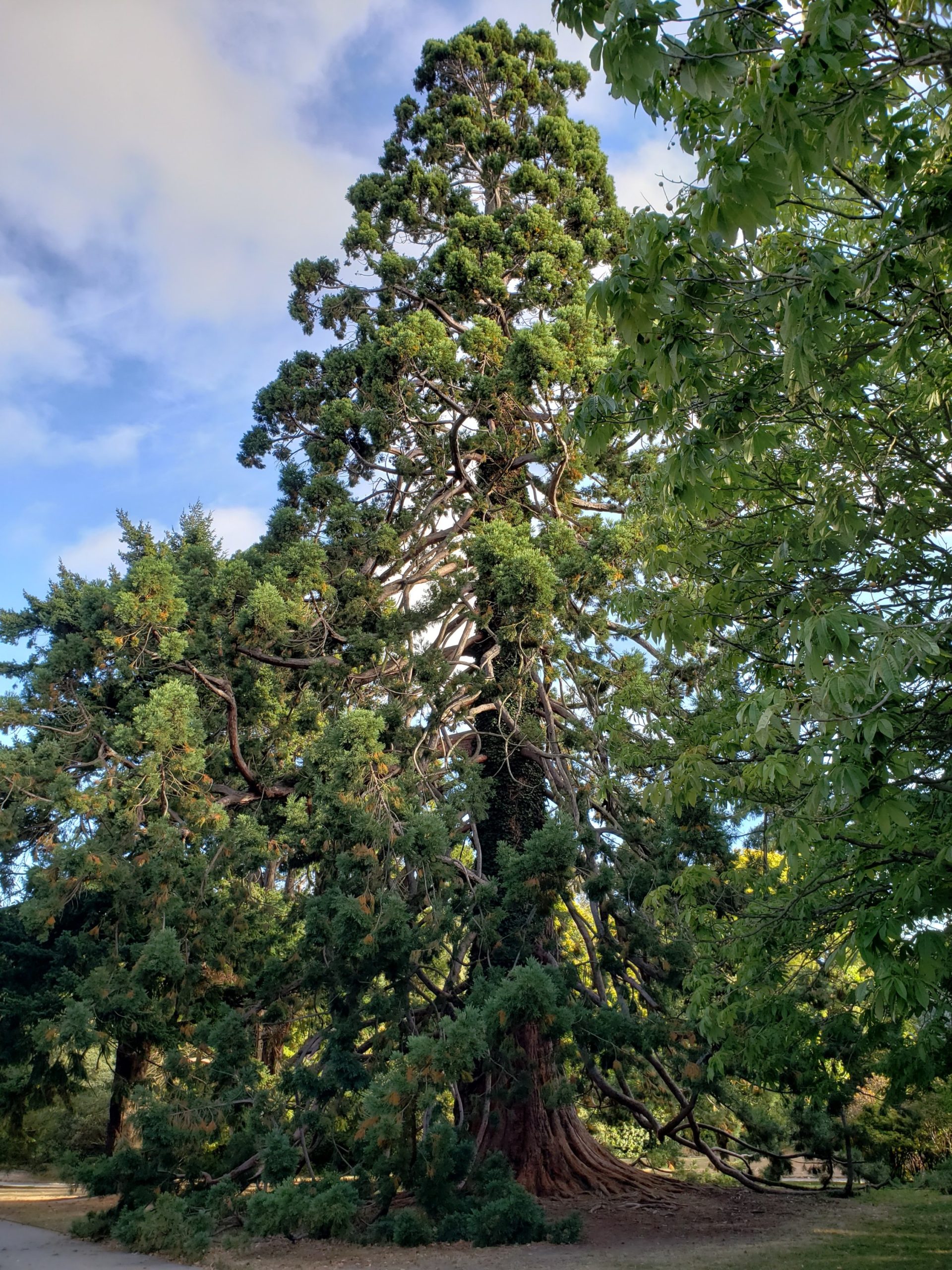
I spent a late afternoon wandering through the Christchurch Botanic Garden. I found exactly what I was hoping for, an oasis of beauty, peace, and calm.
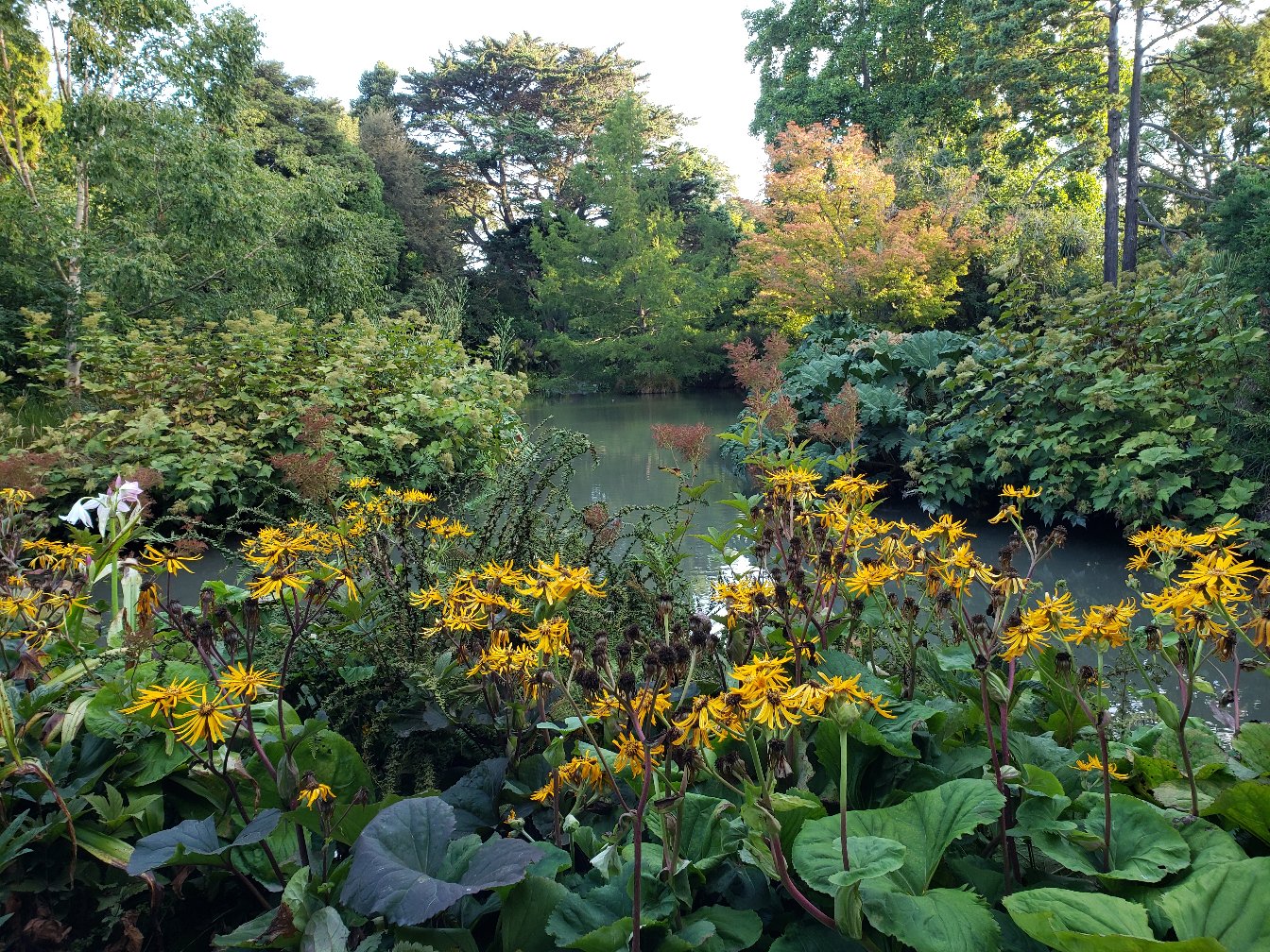
I booked a private room in a woman’s immaculate home, walking distance to the train station. The train’s departure was 7 a.m. the following day. I’d had a long day and another ahead of me. That evening I retired to my room to read awhile. Around 10 p.m. my host unexpectedly stood in the hallway and asked through the closed door ” What person do you admire most?” I uttered, “Nelson Mandela” thinking it would put the conversation to rest. She quickly followed that with something else. It became clear she was hoping to have a conversation. As politely as possible, still through the closed door, I wished her a good night and shut off my light.
The following morning a spread of breakfast goodies were there for me to choose from. Apparently there were no hard feelings.
The train trip, and ferry, up north required a night in Wellington before arriving at my final destination, Auckland.
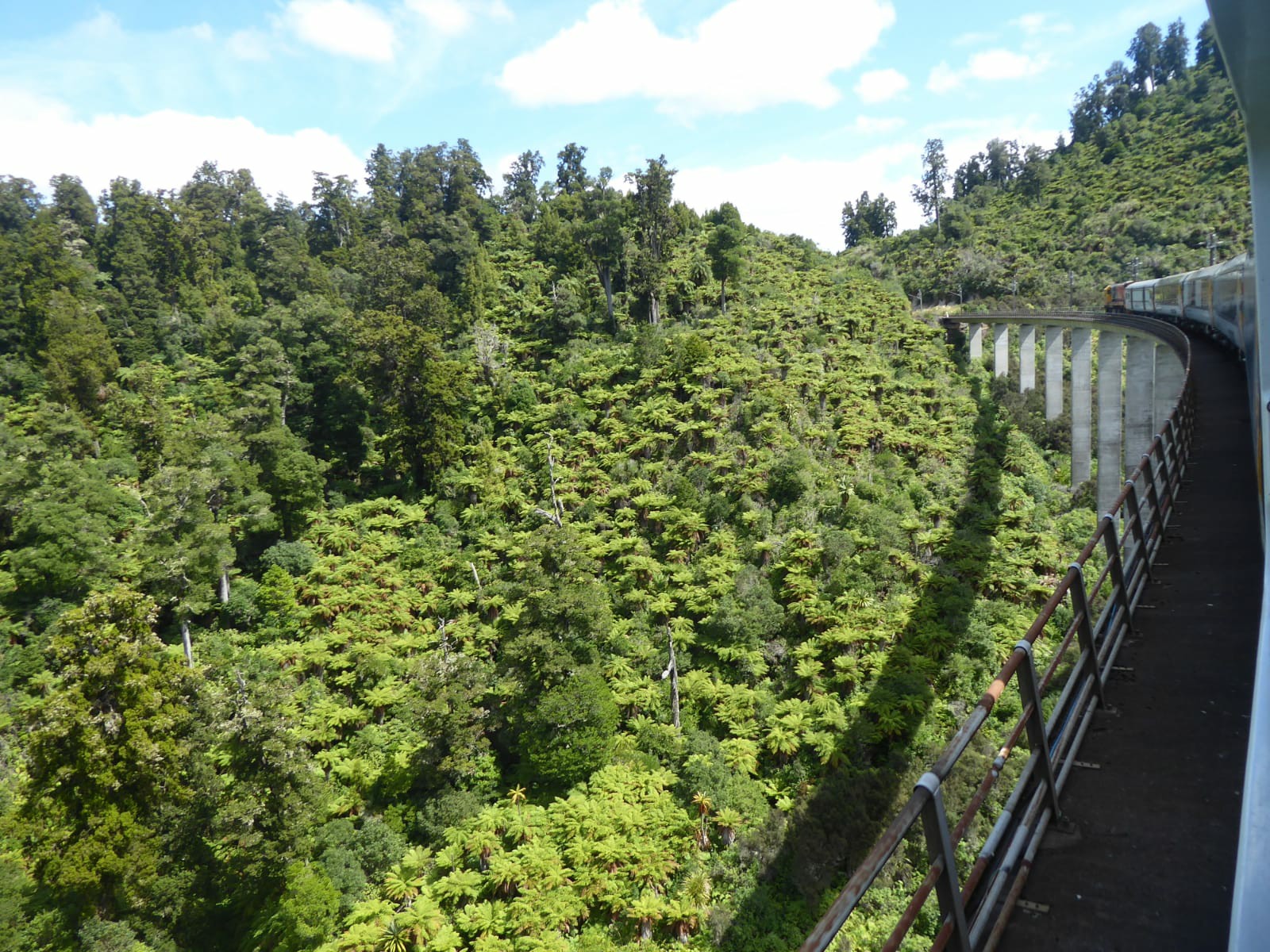
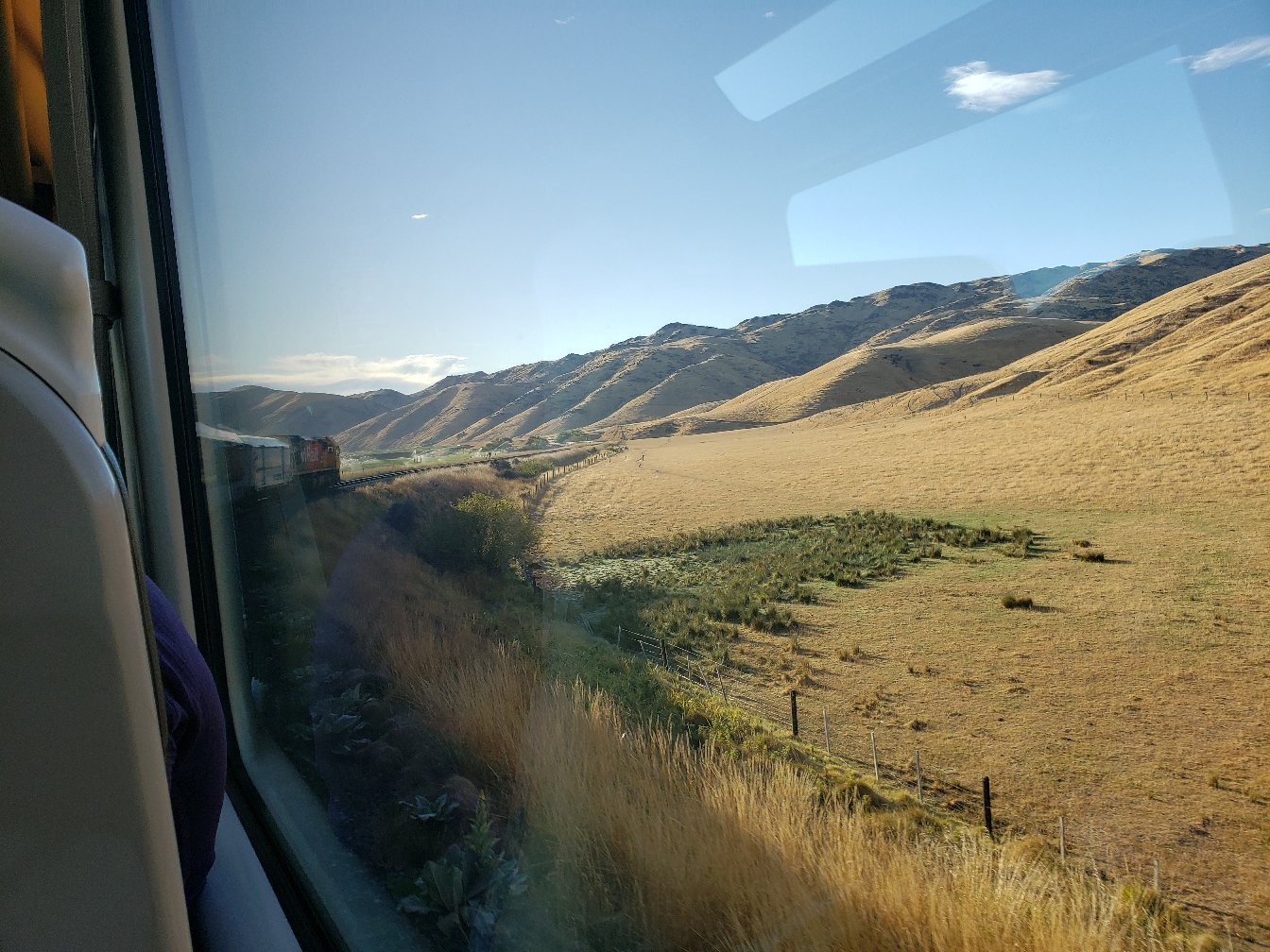
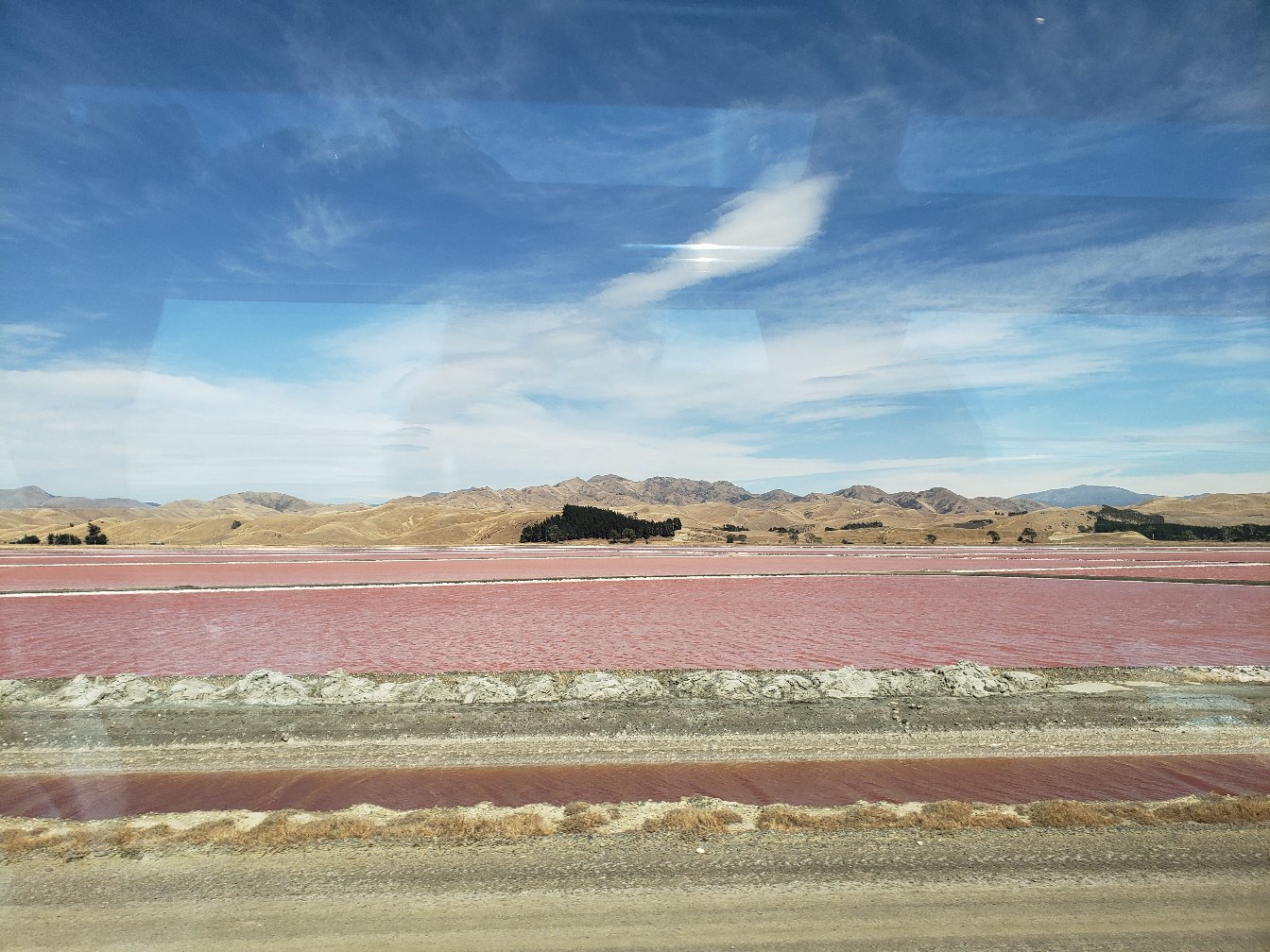
My time in Auckland was short, but I had time enough to wander along many streets, stop into a bookstore where I had a lengthy chat with the owner about Chrissie Hynde’s paintings and the time he’d met her, attend a poetry reading, and head over to Devonport, a bayside village, by ferry, for a walk along the beach.
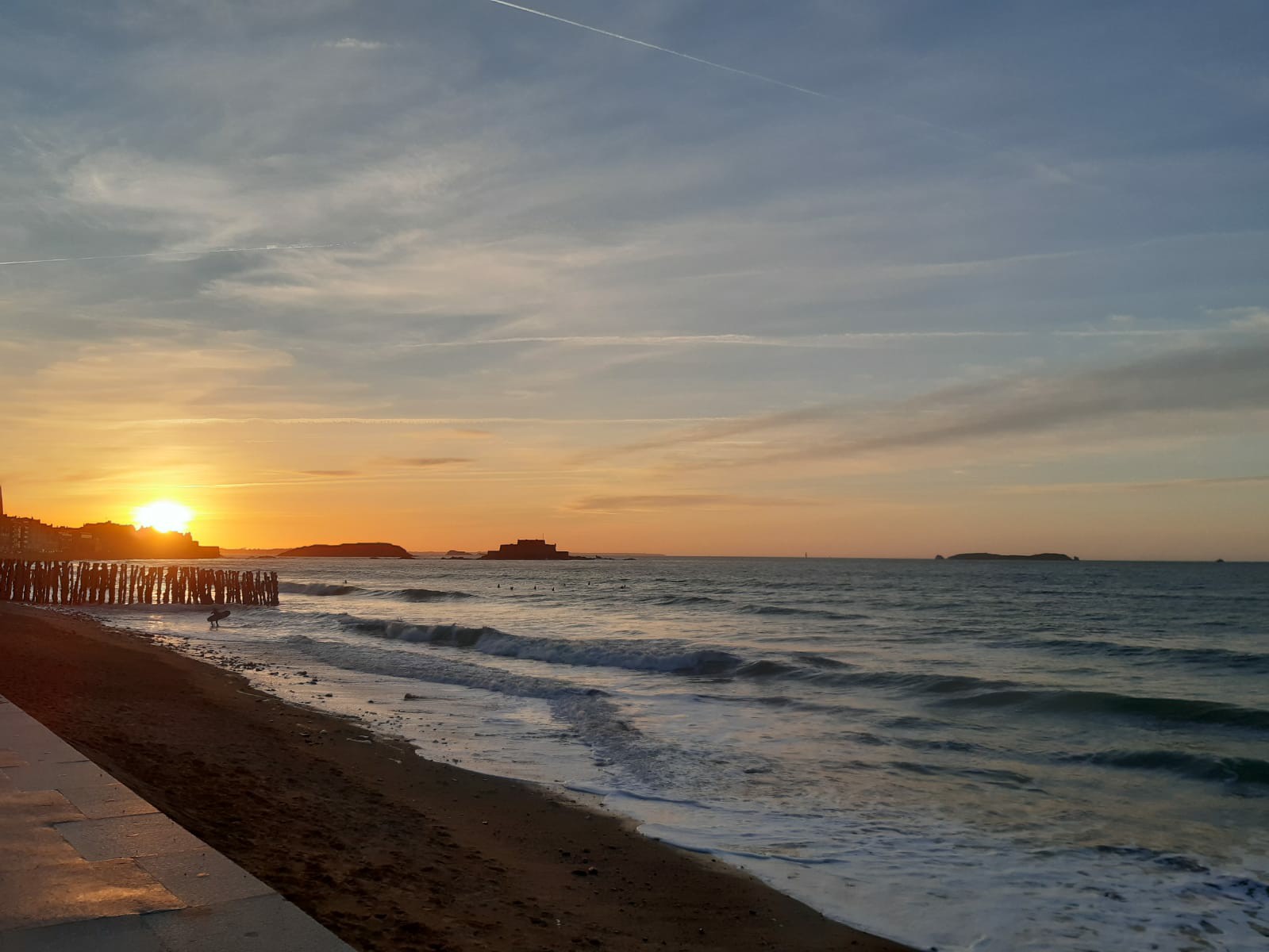
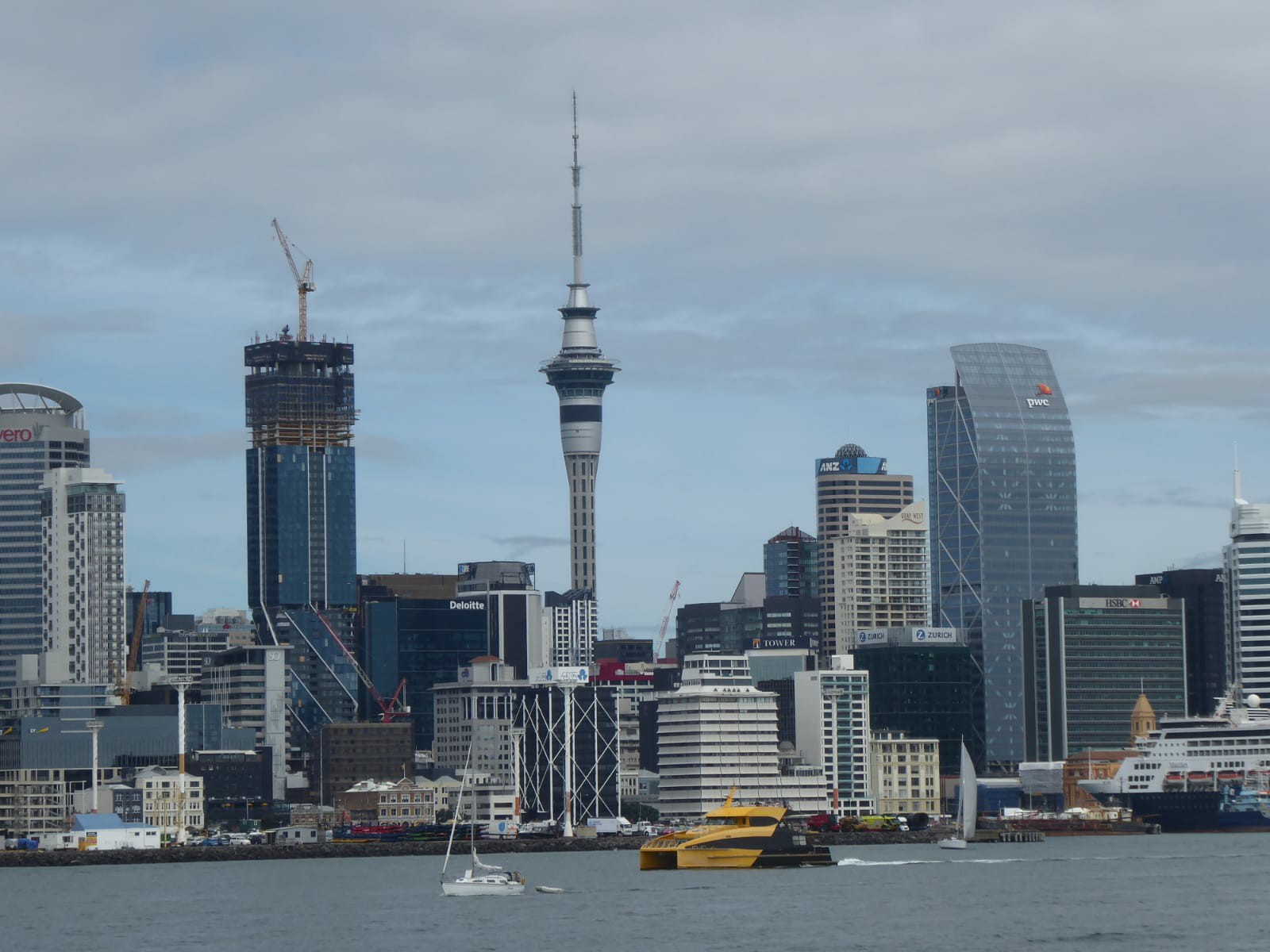
Next stop Chile.
to be continued…